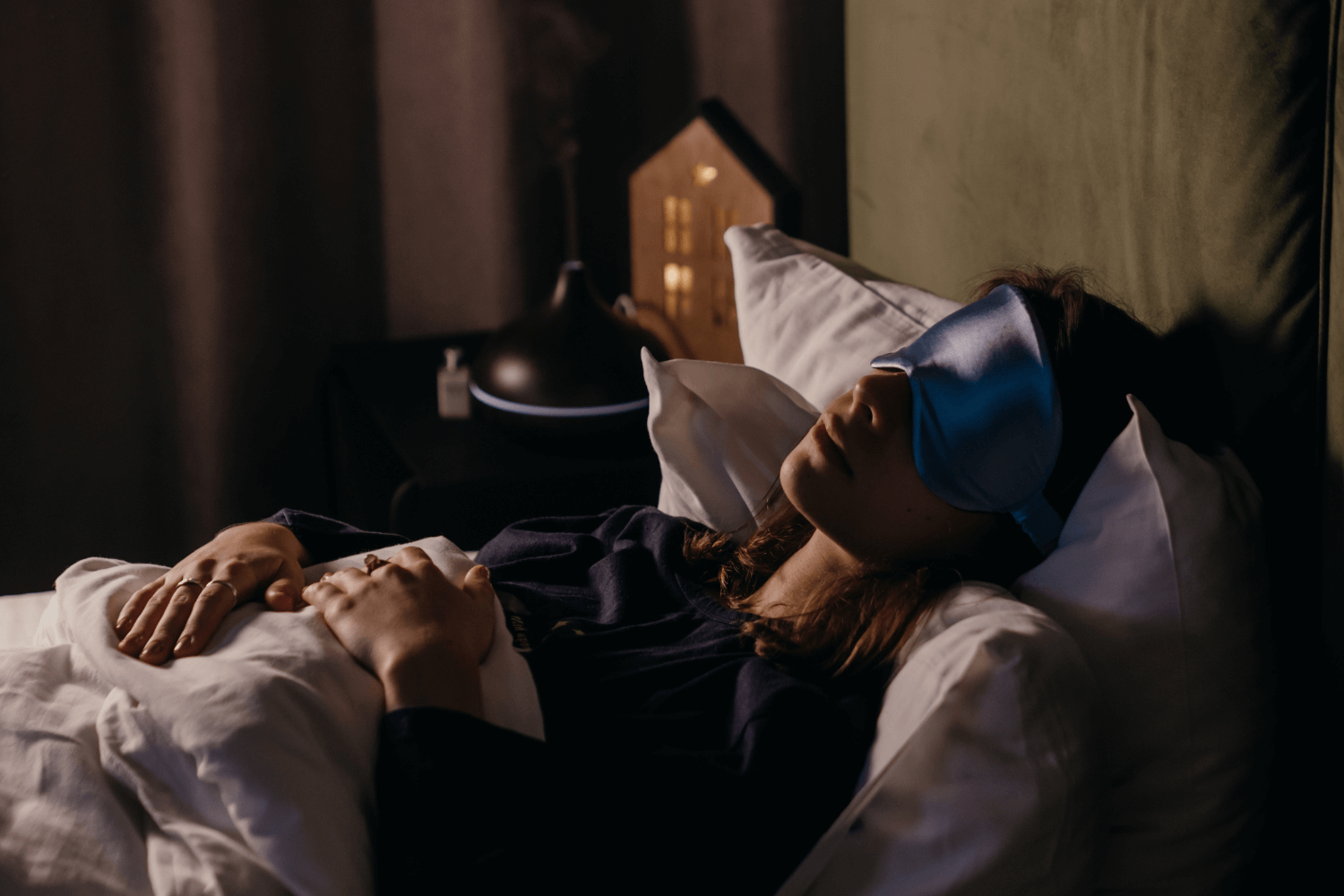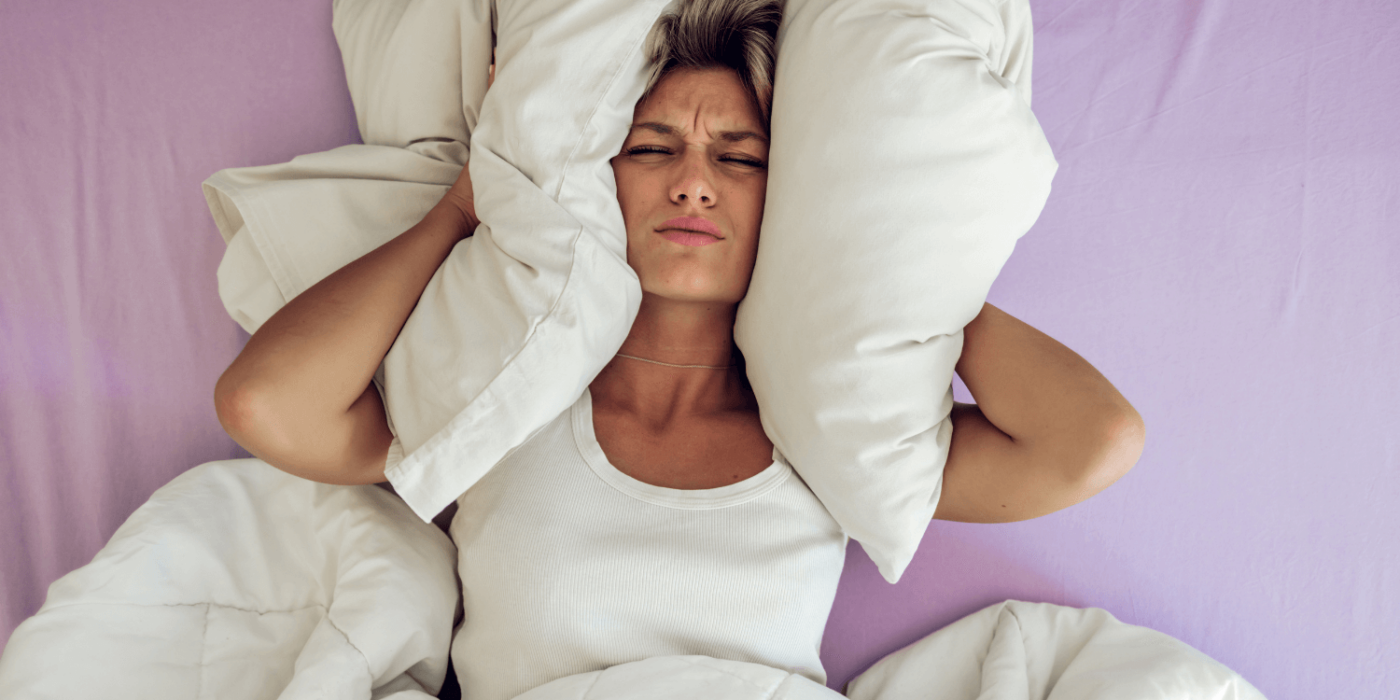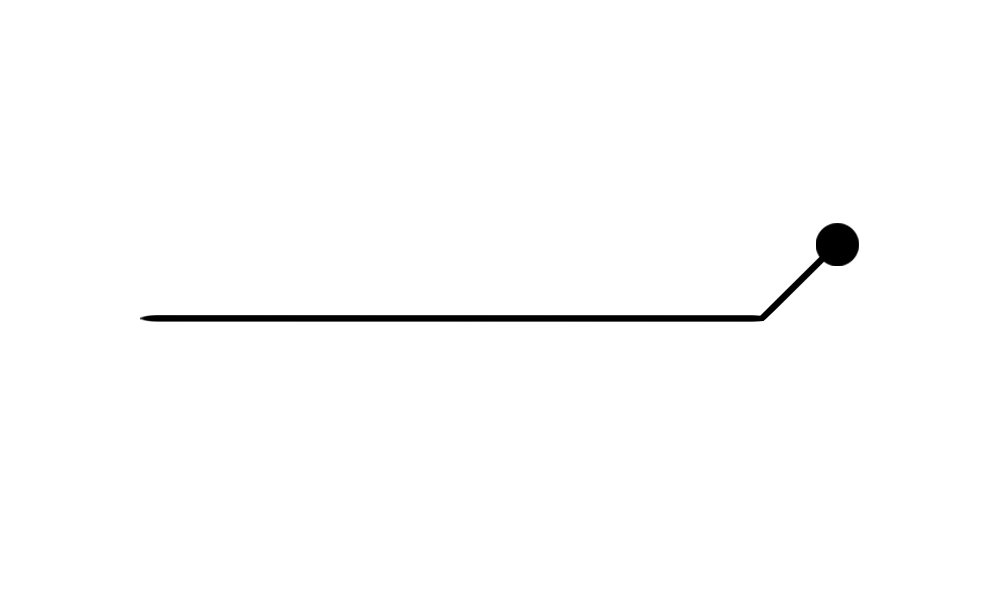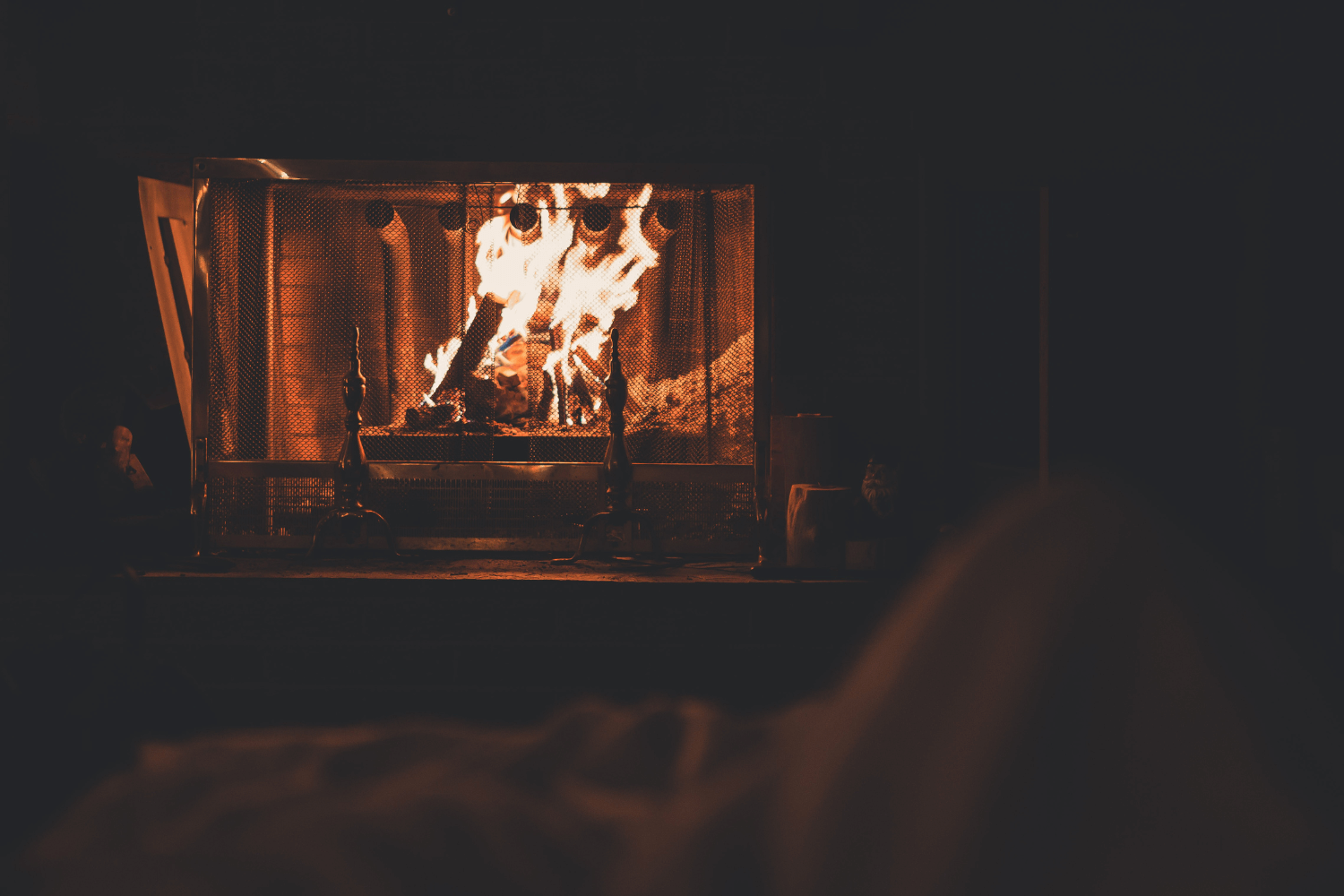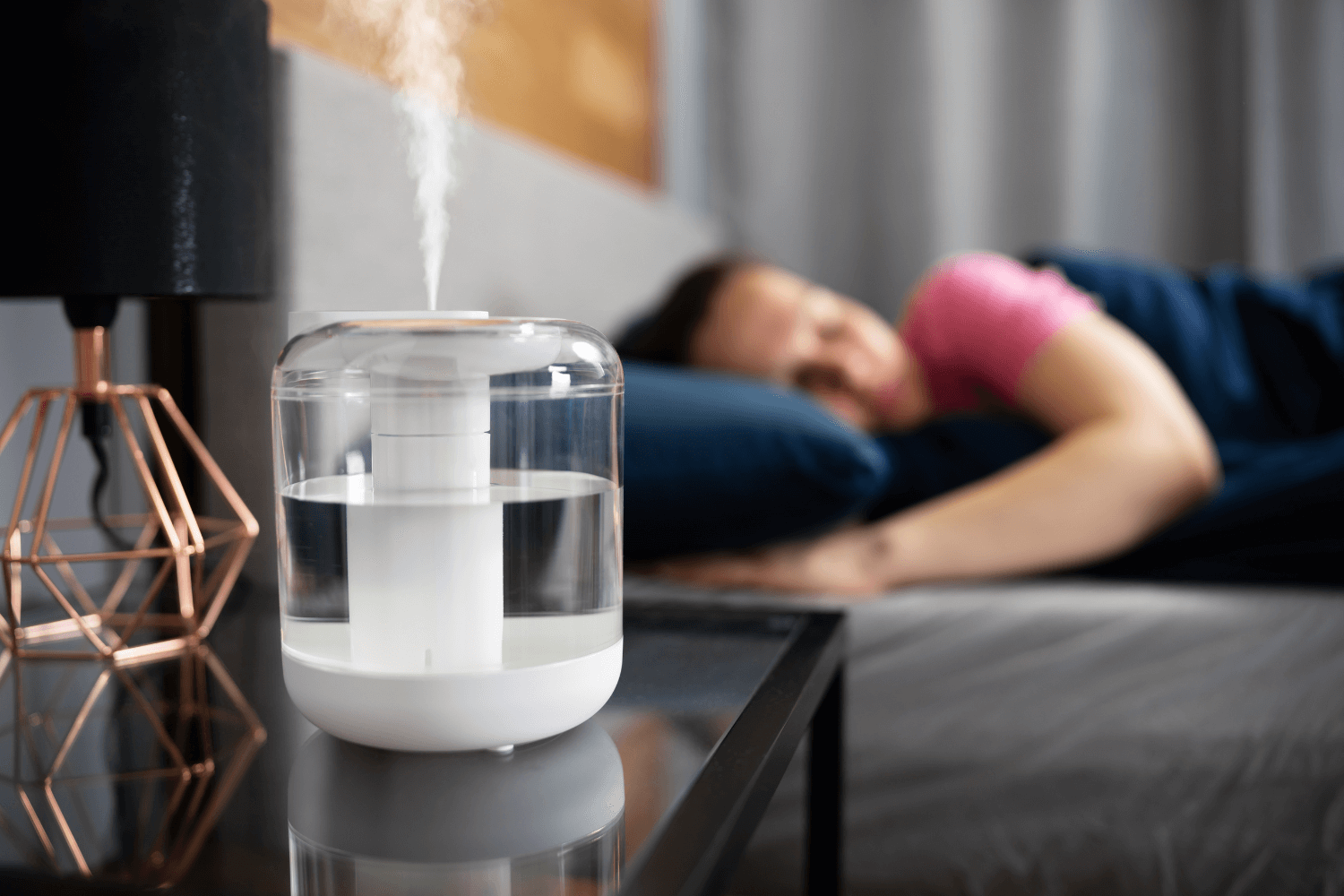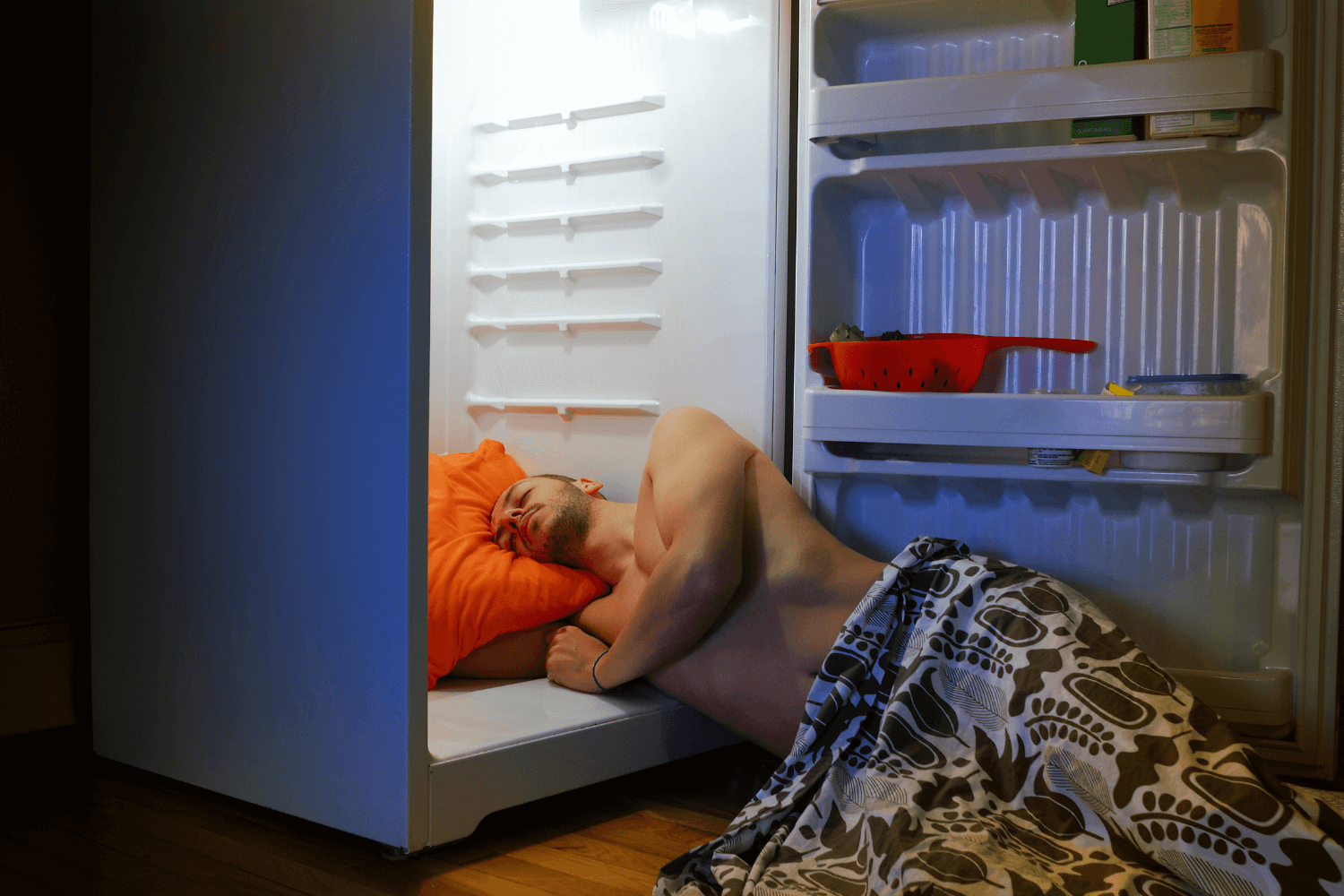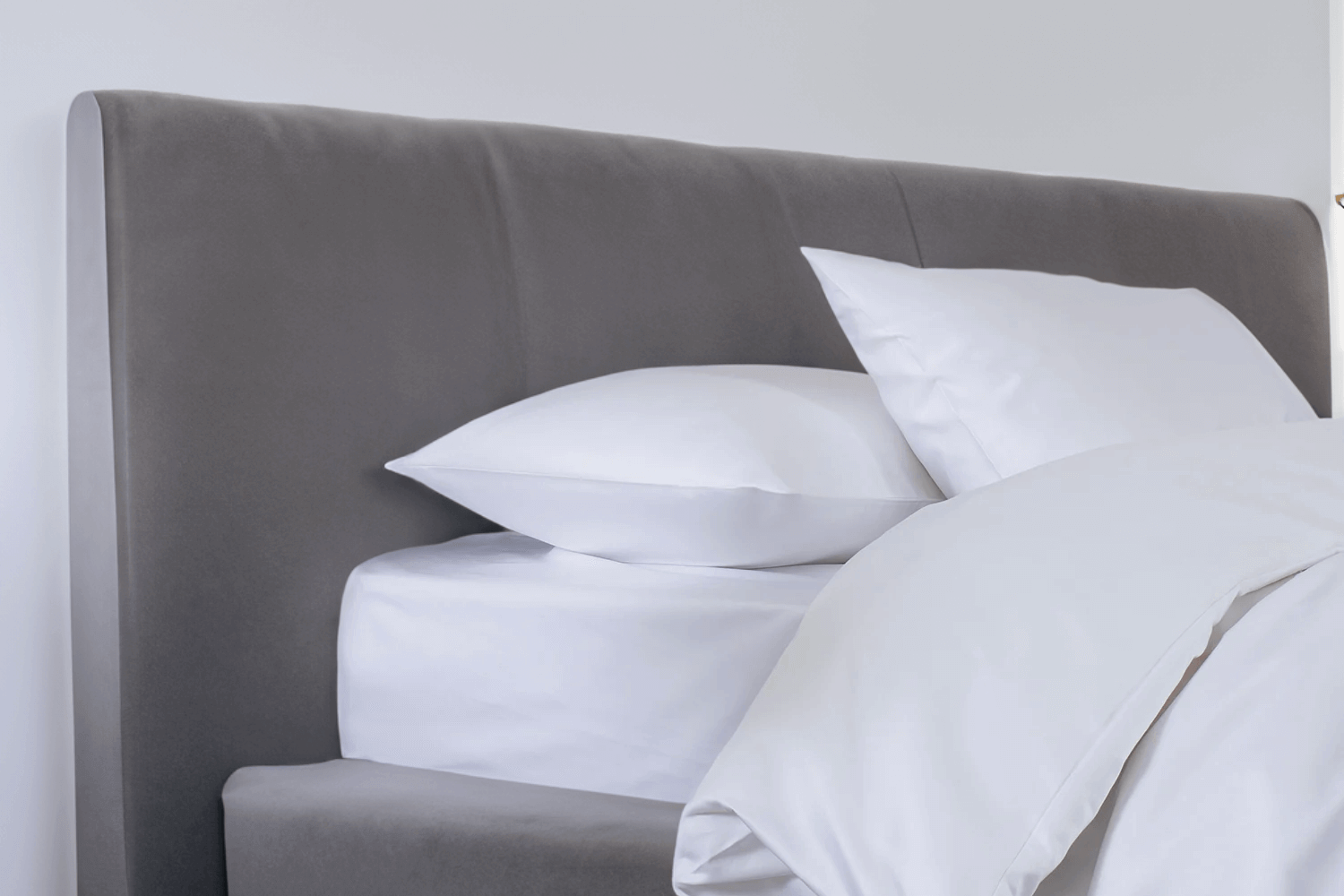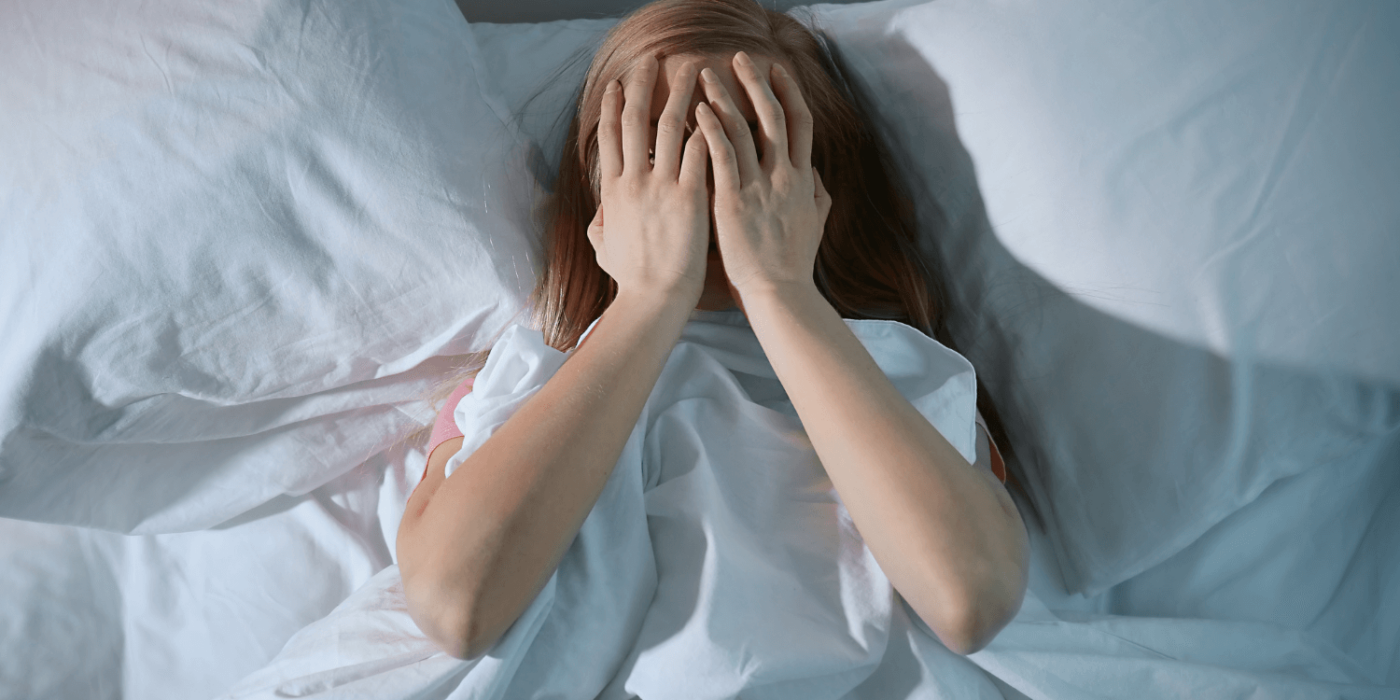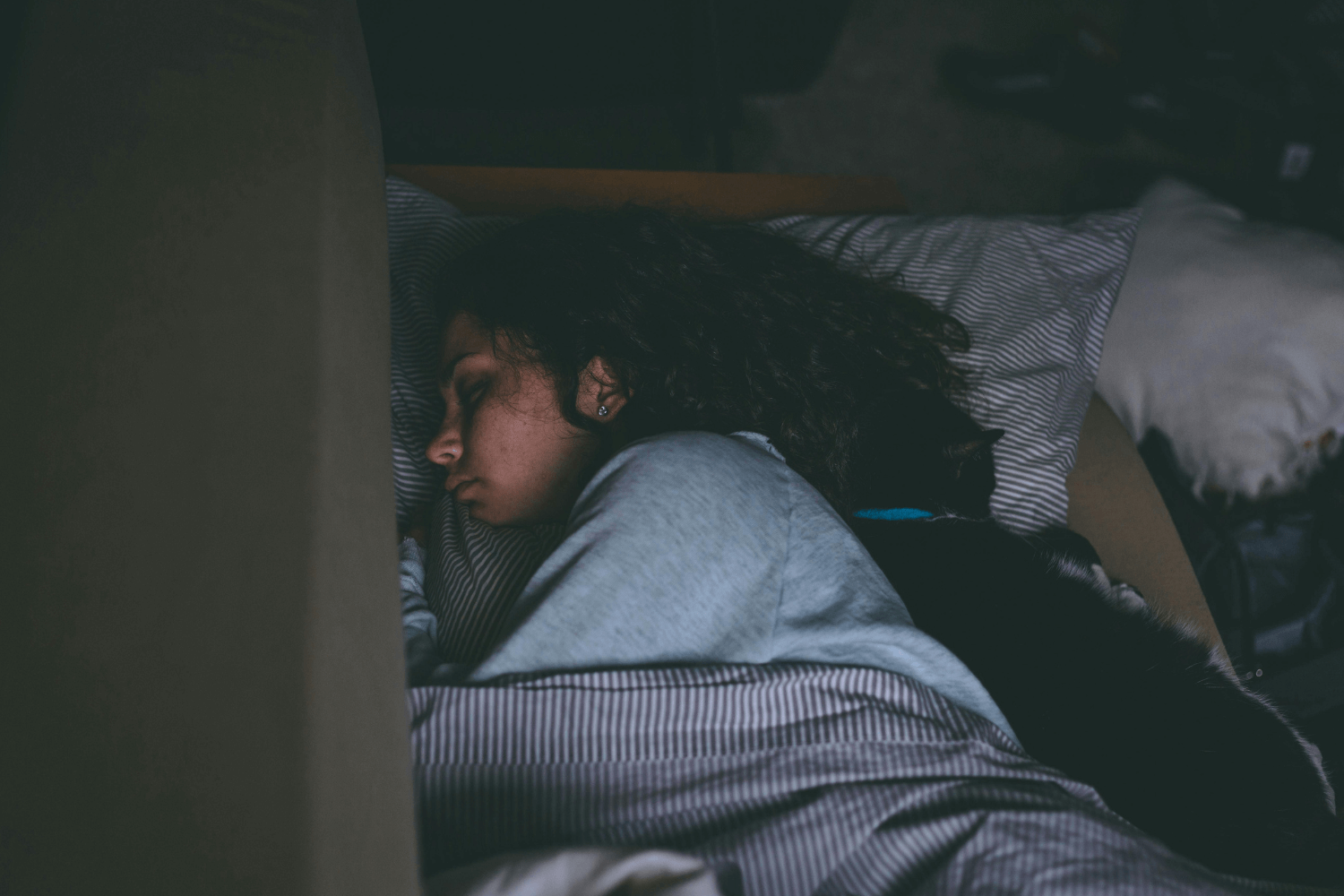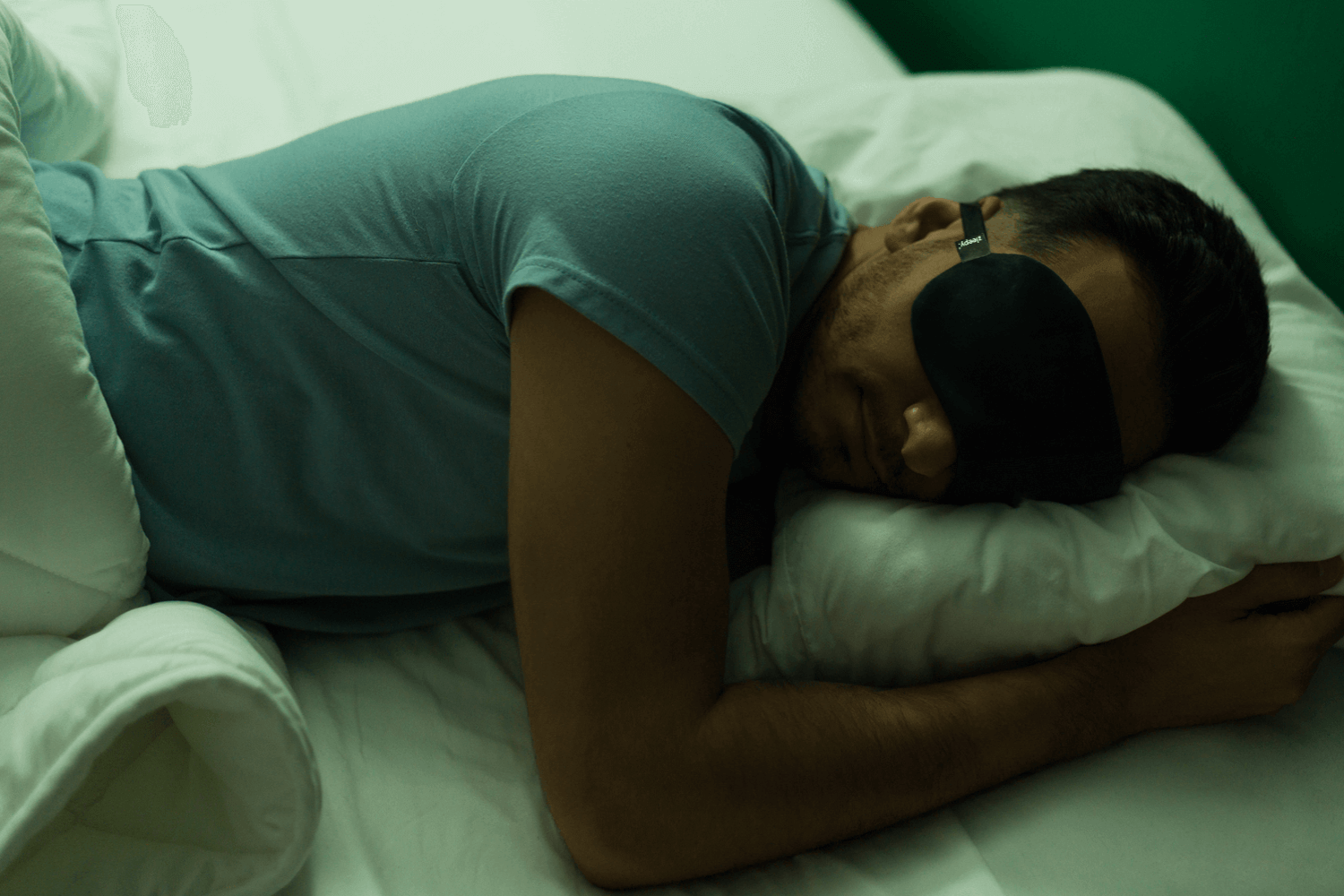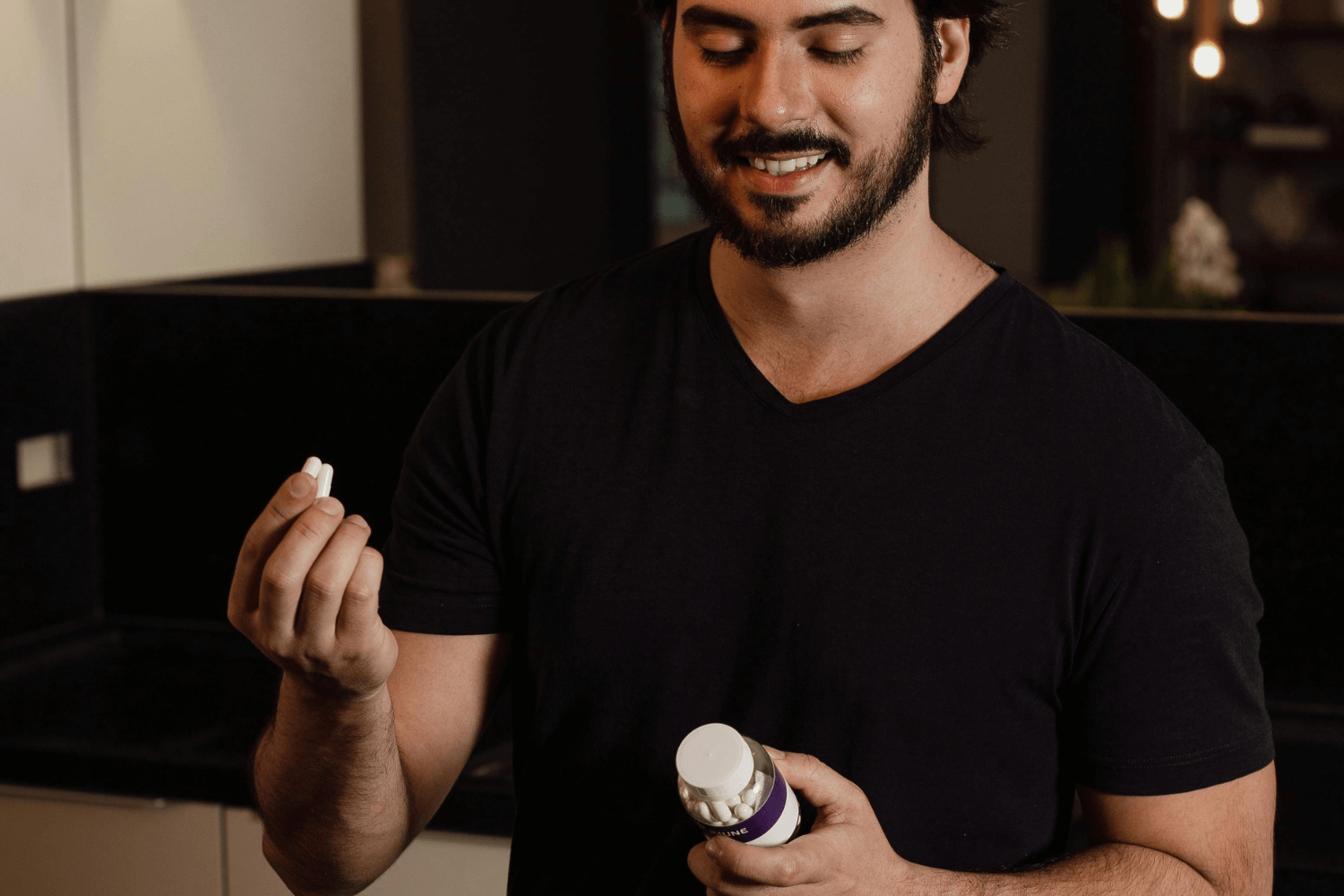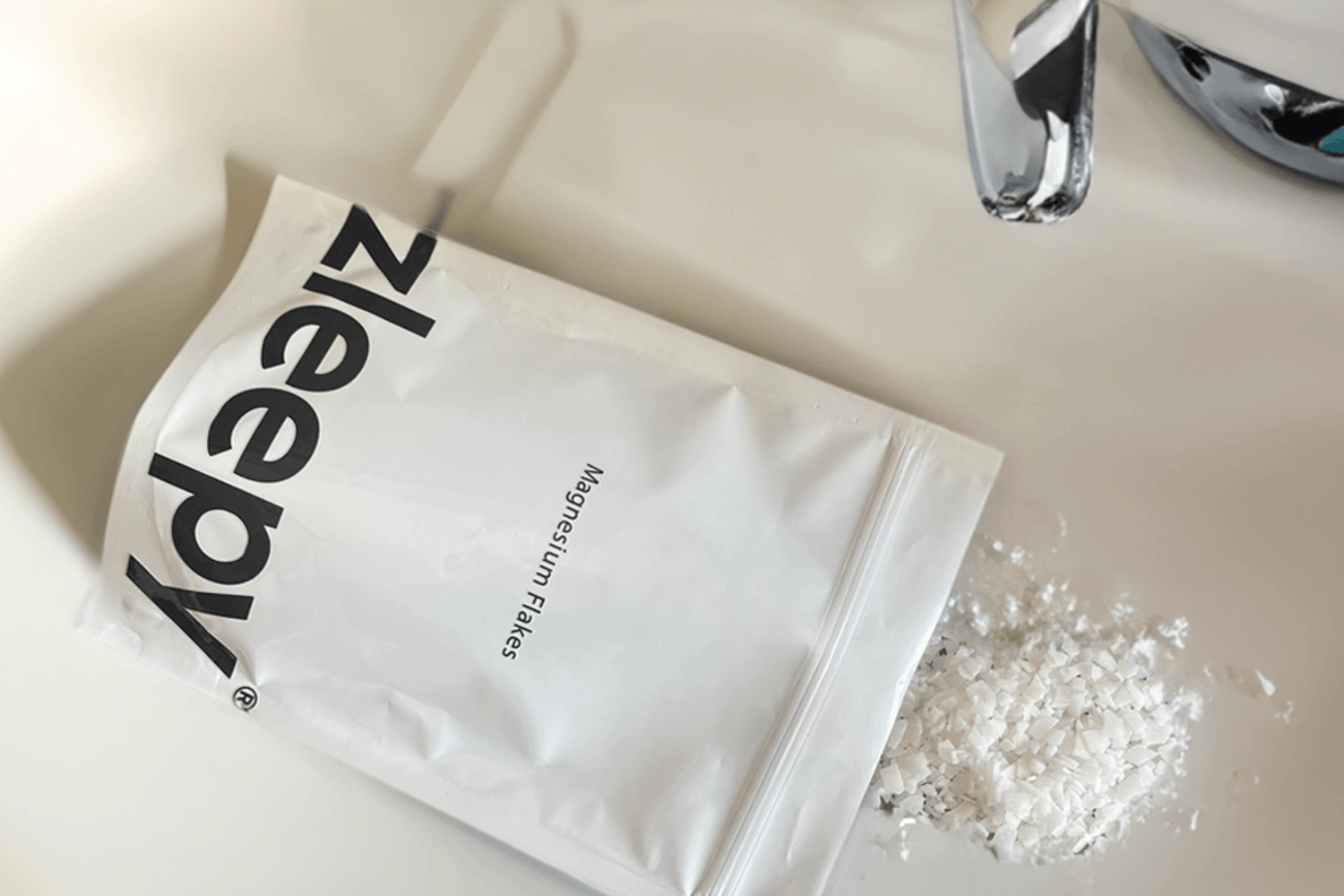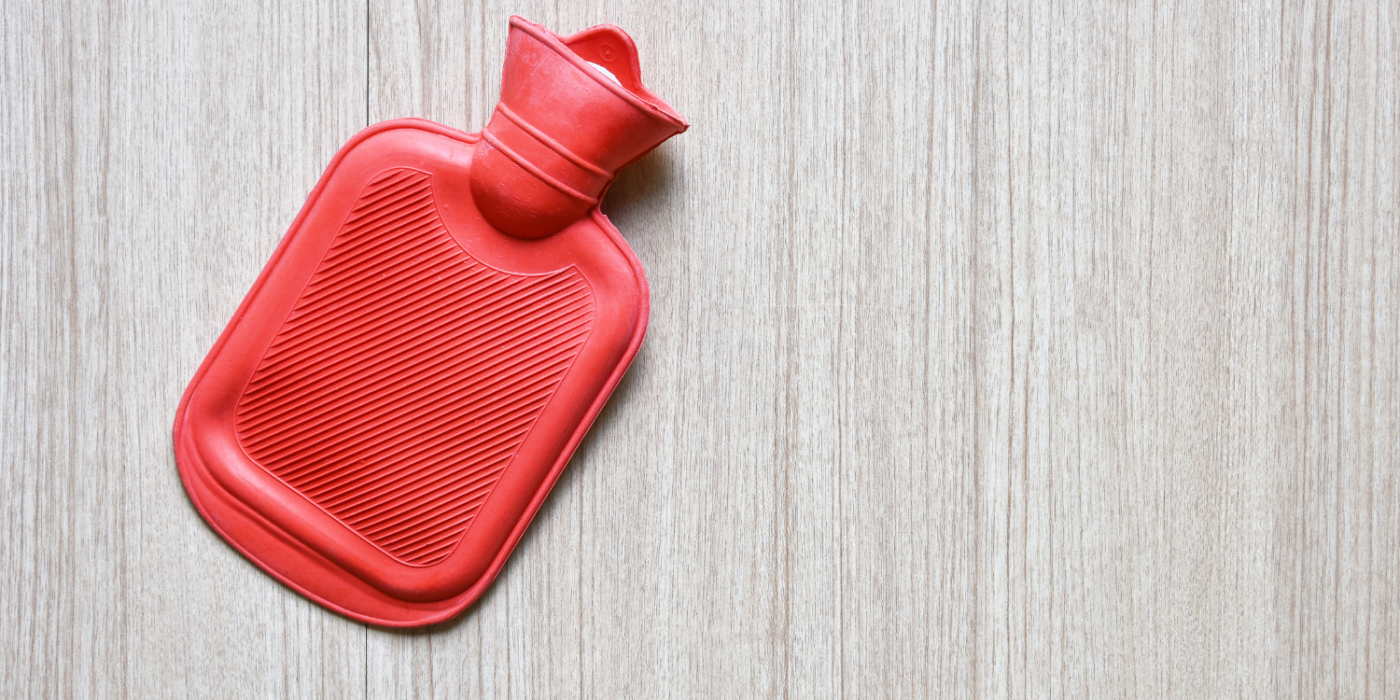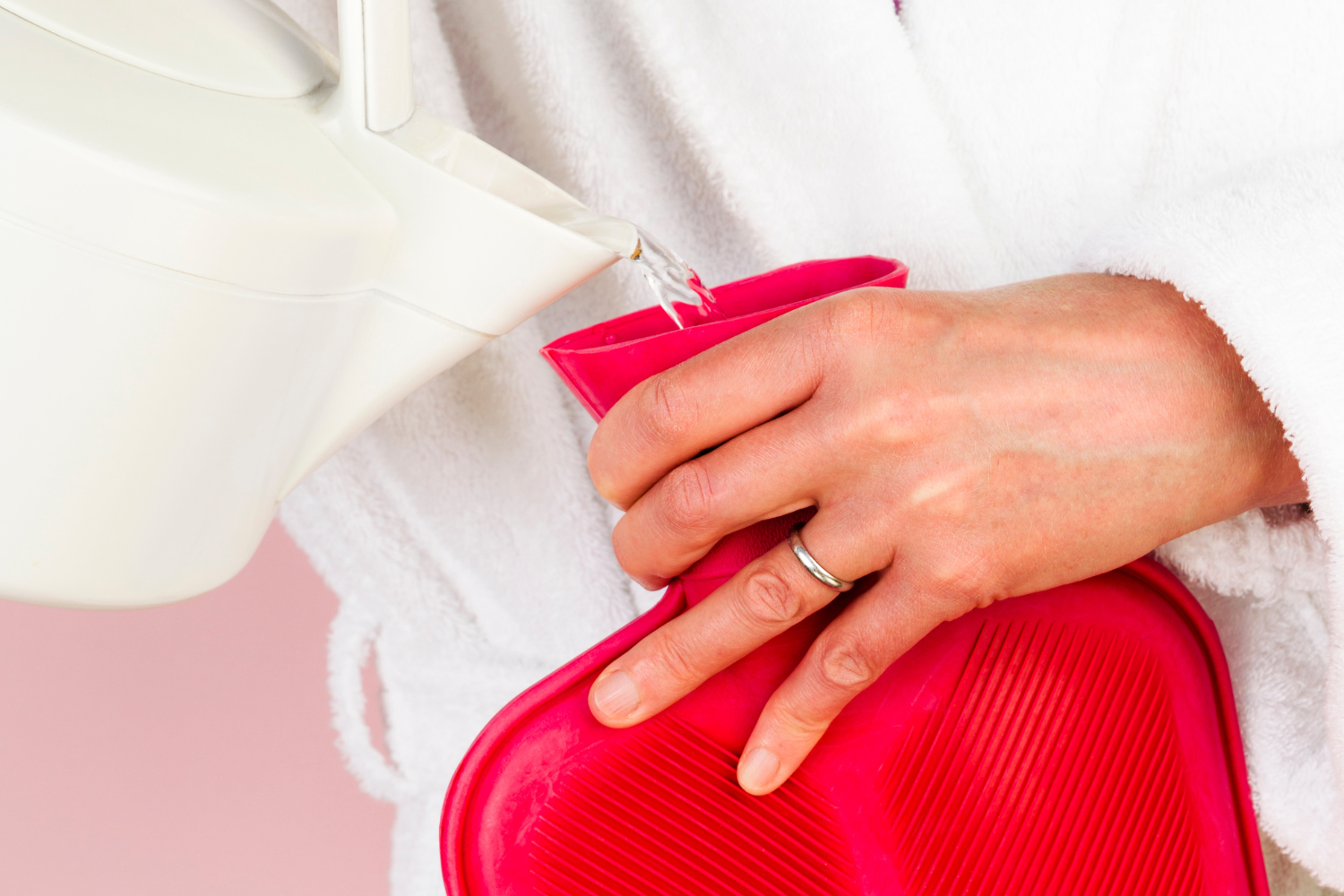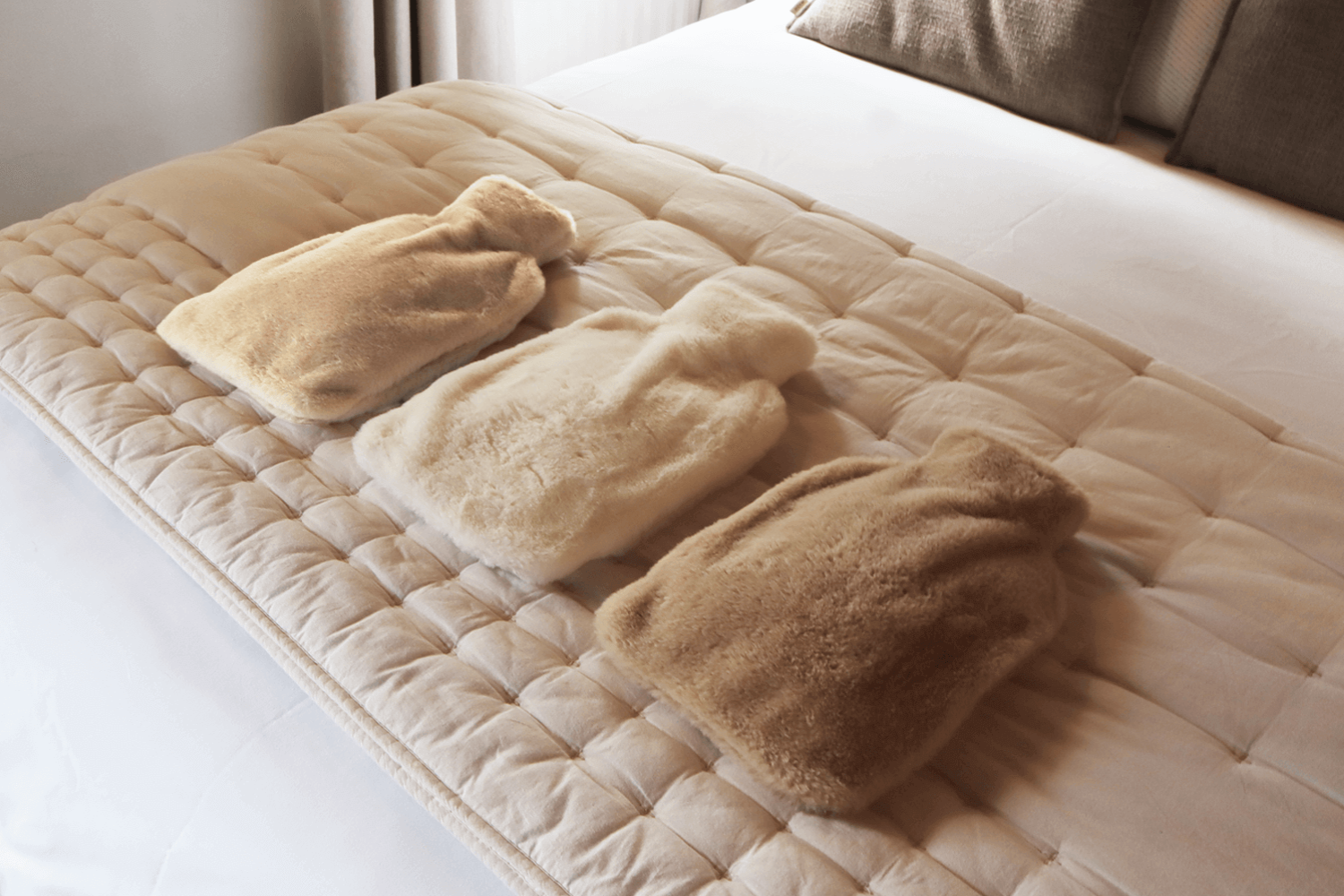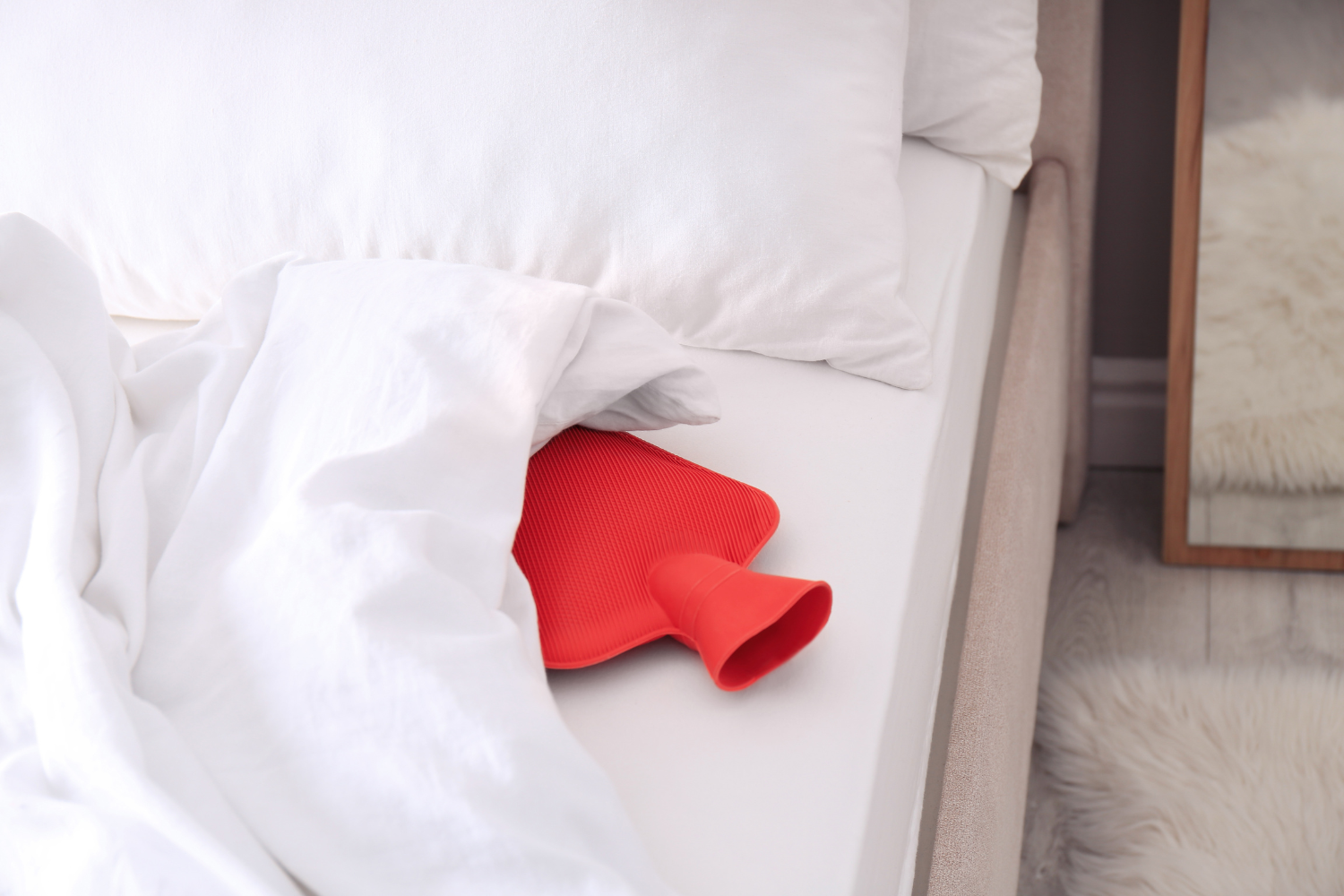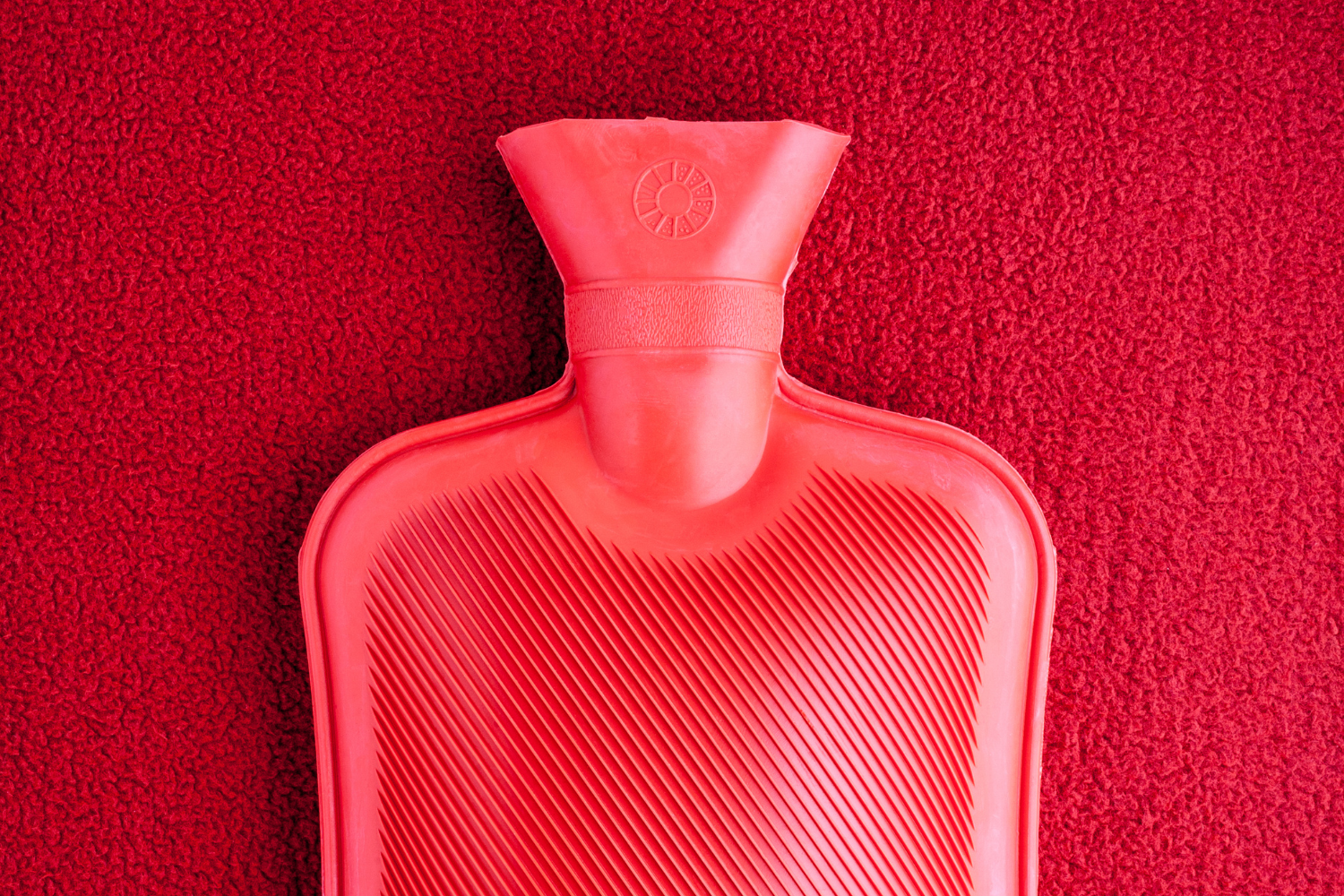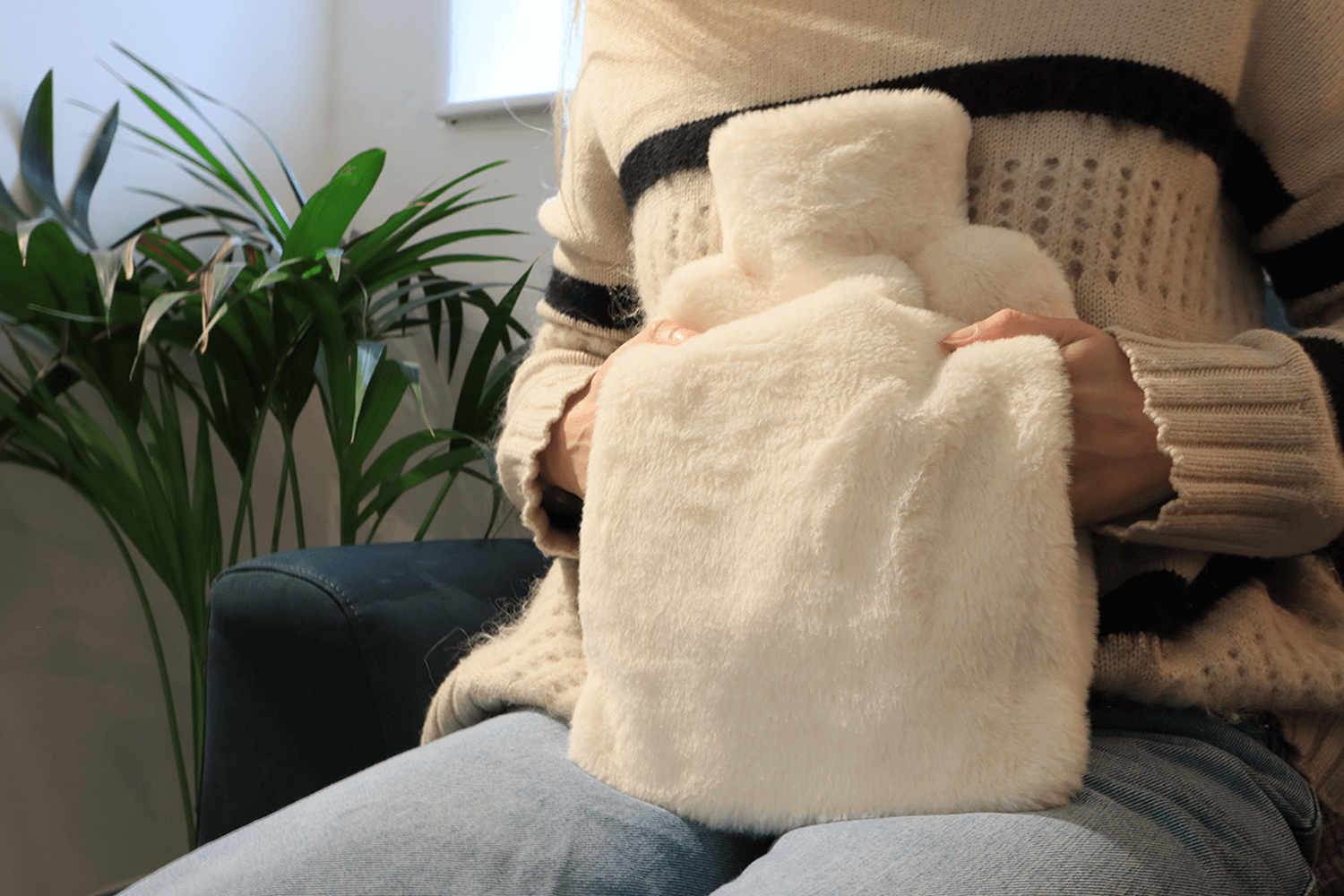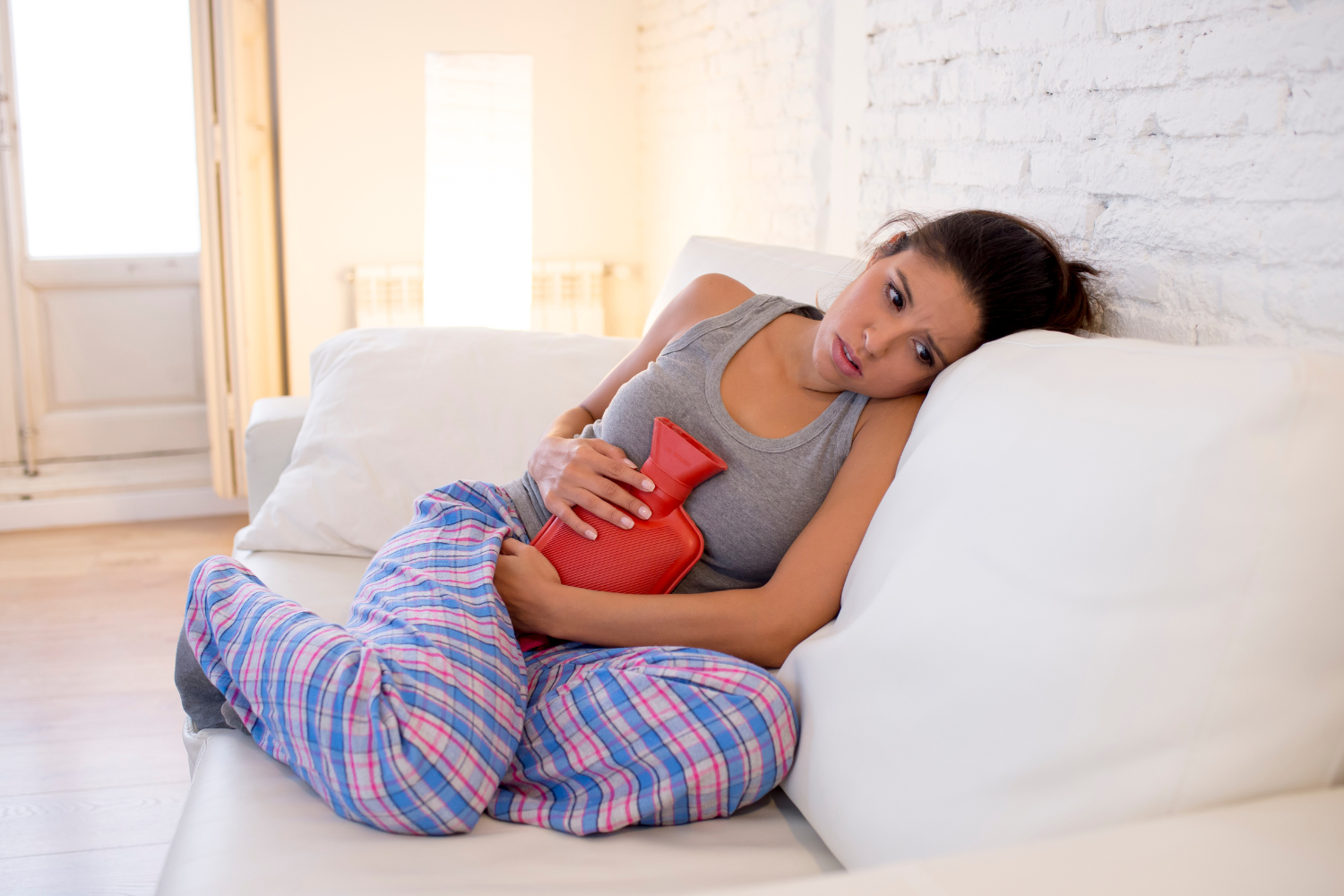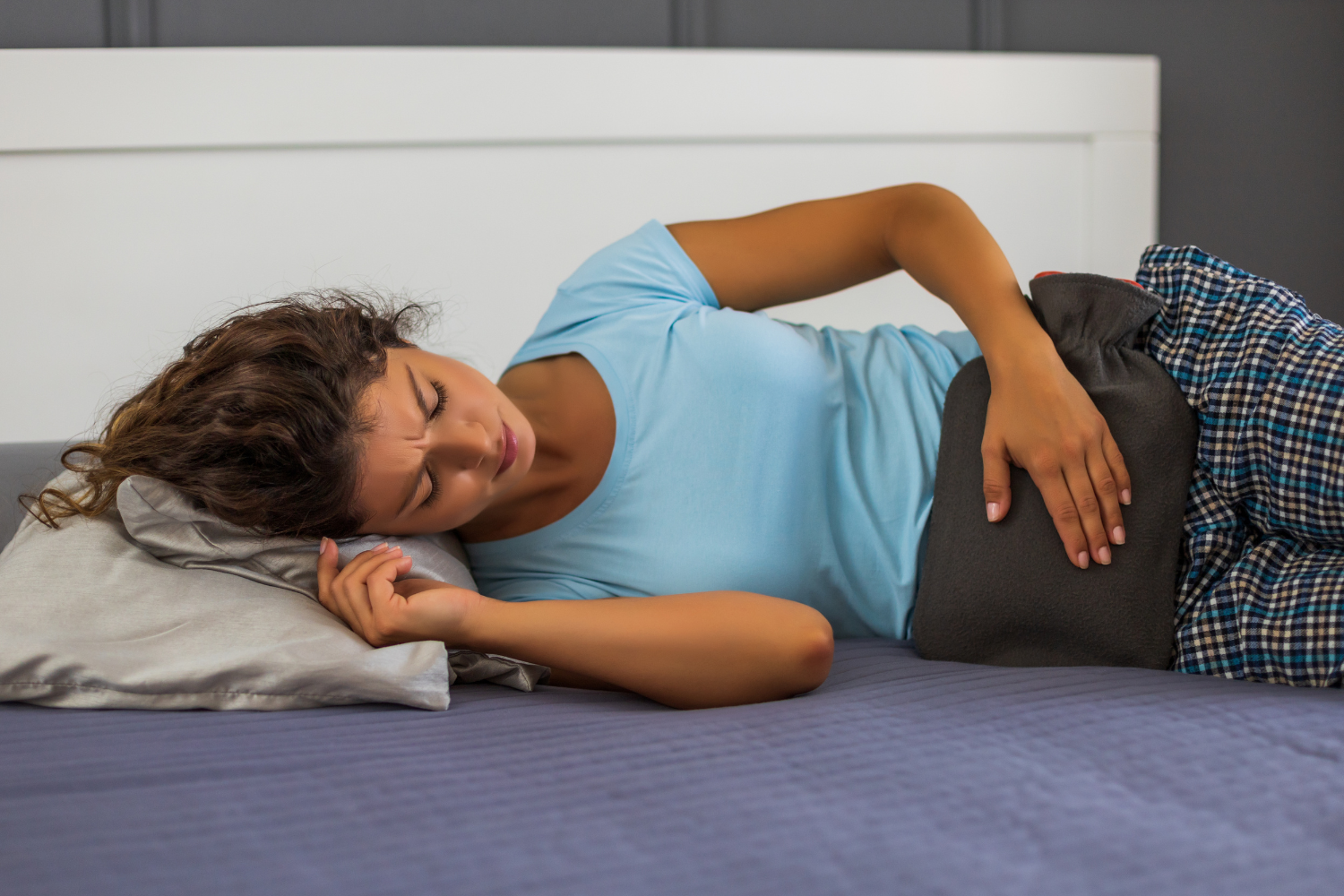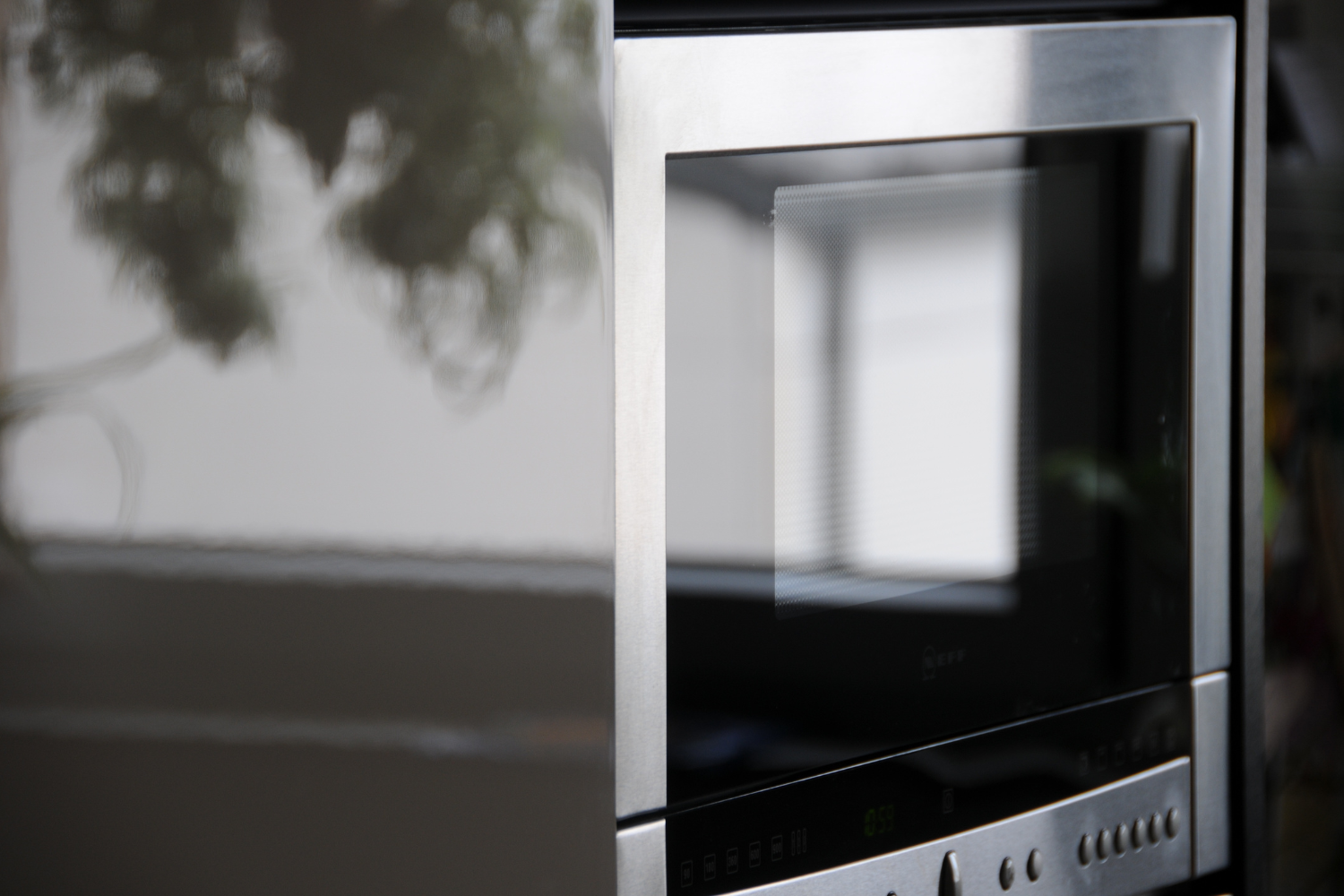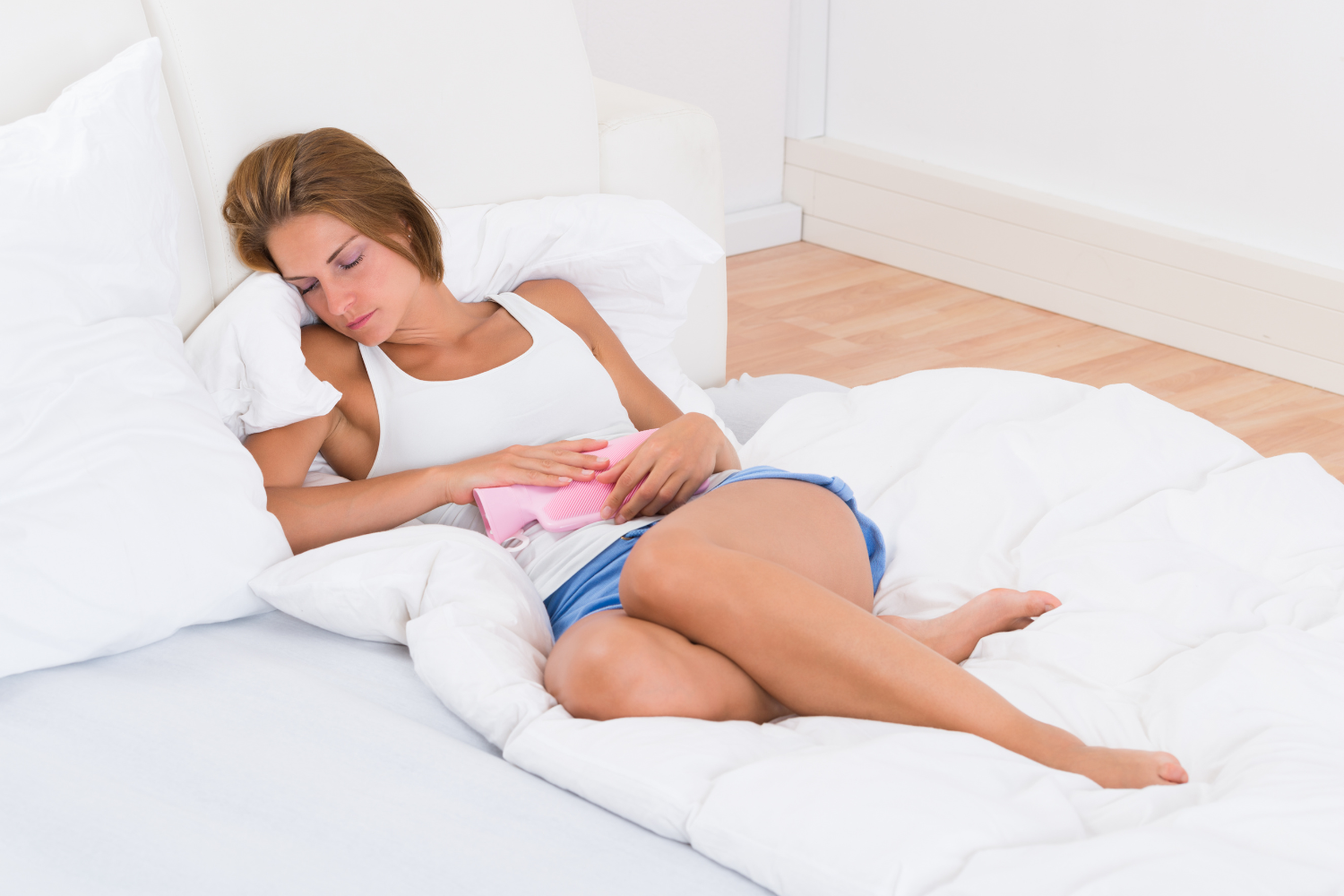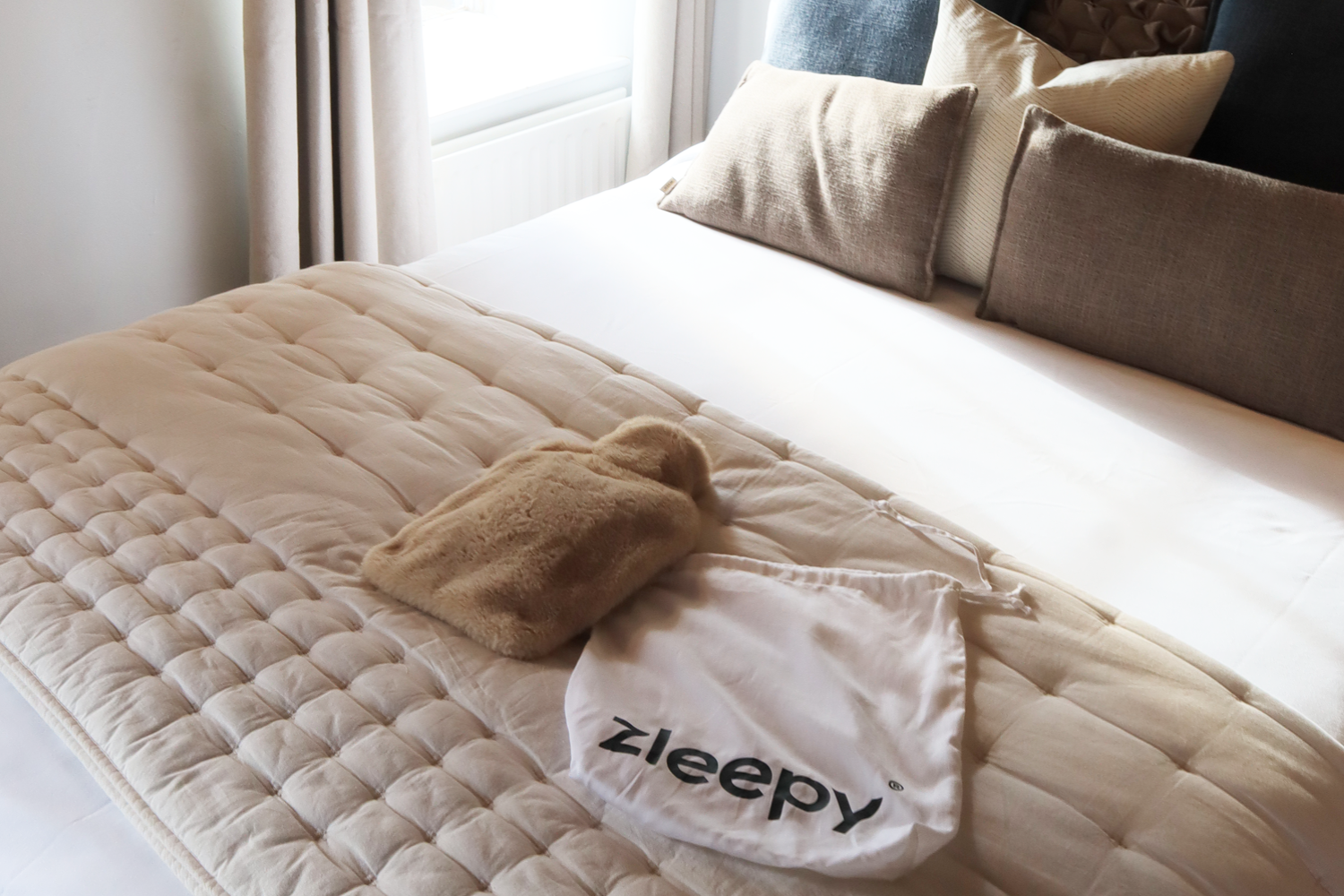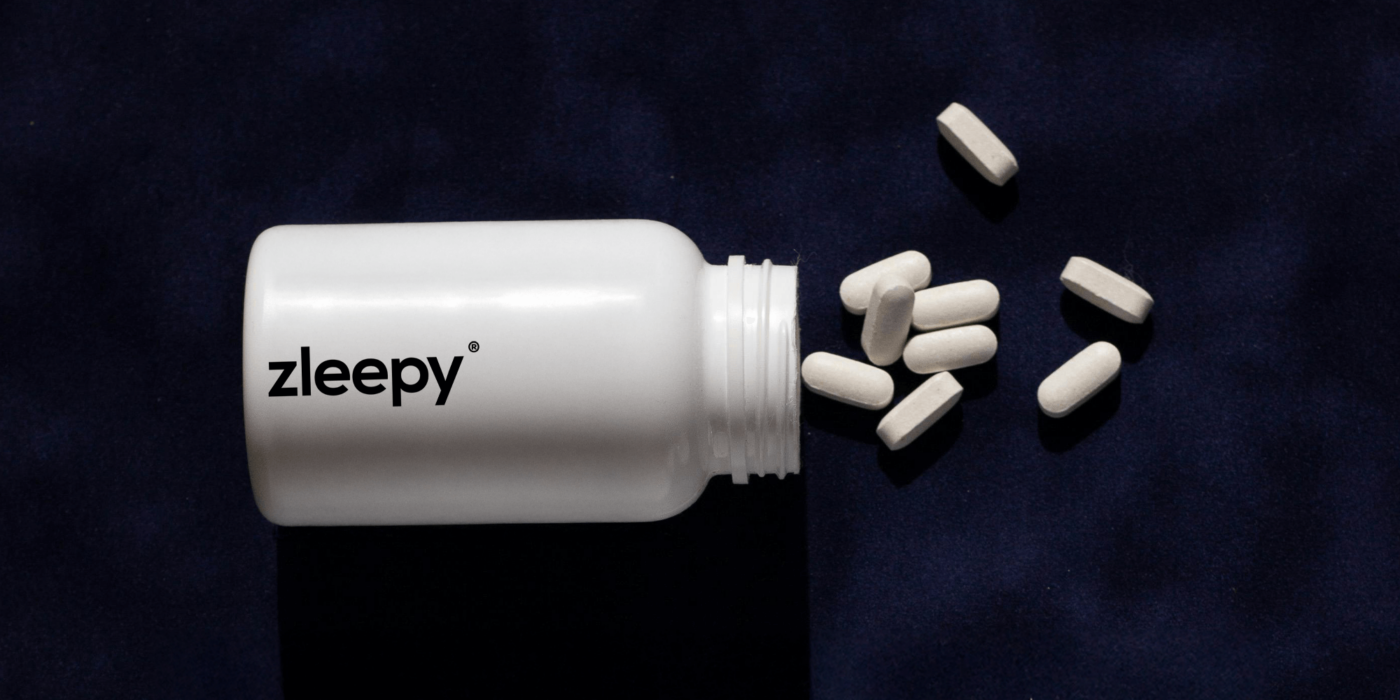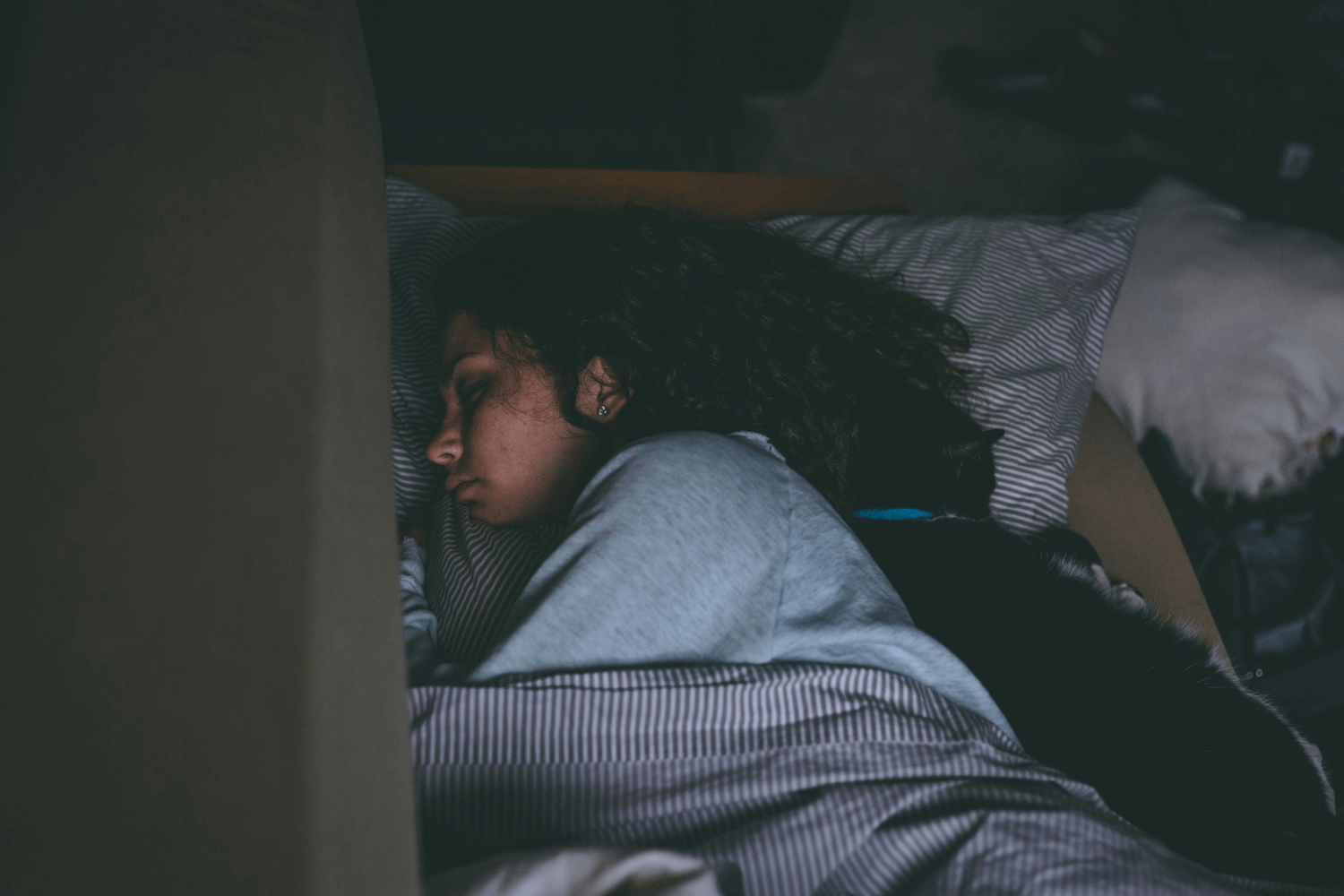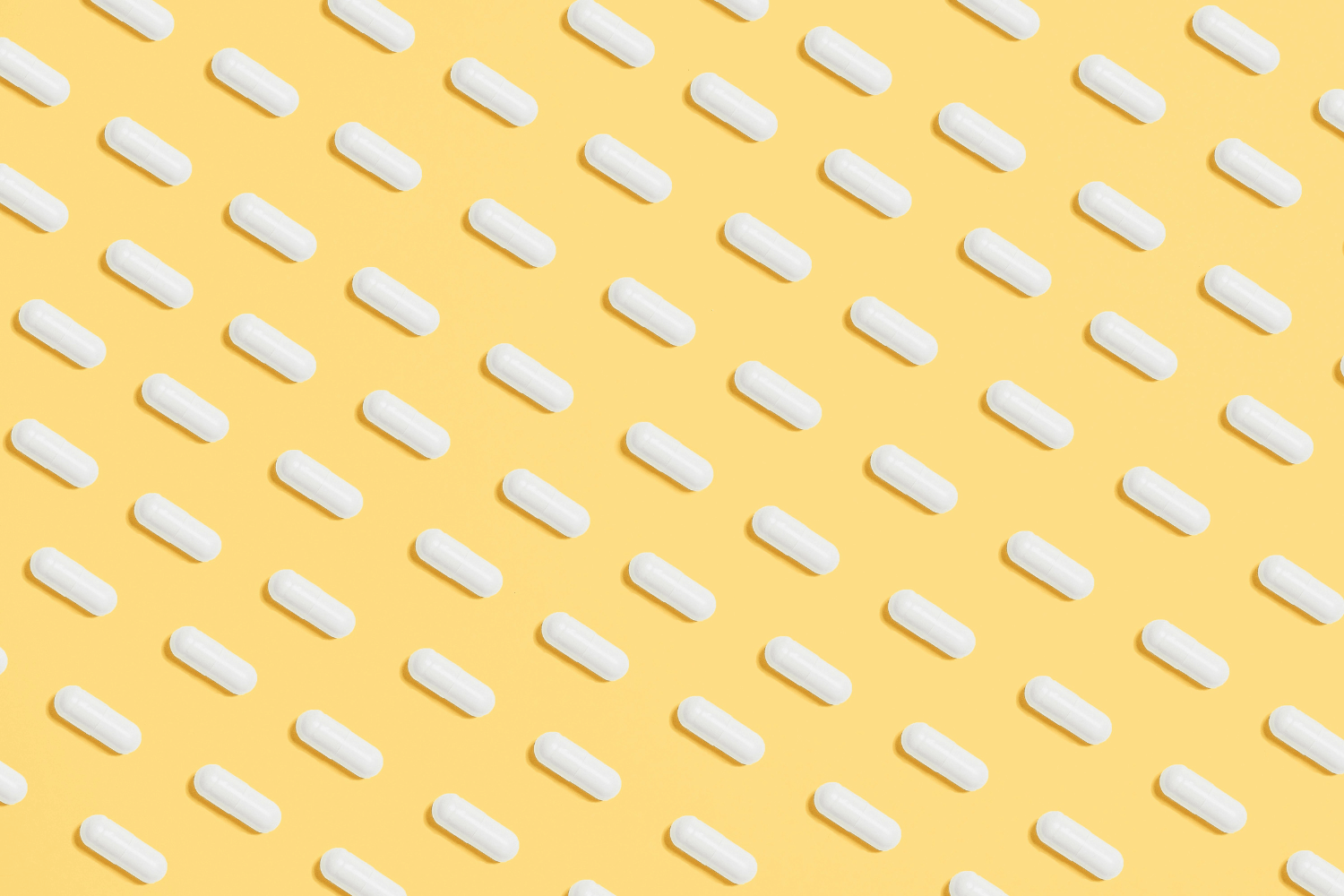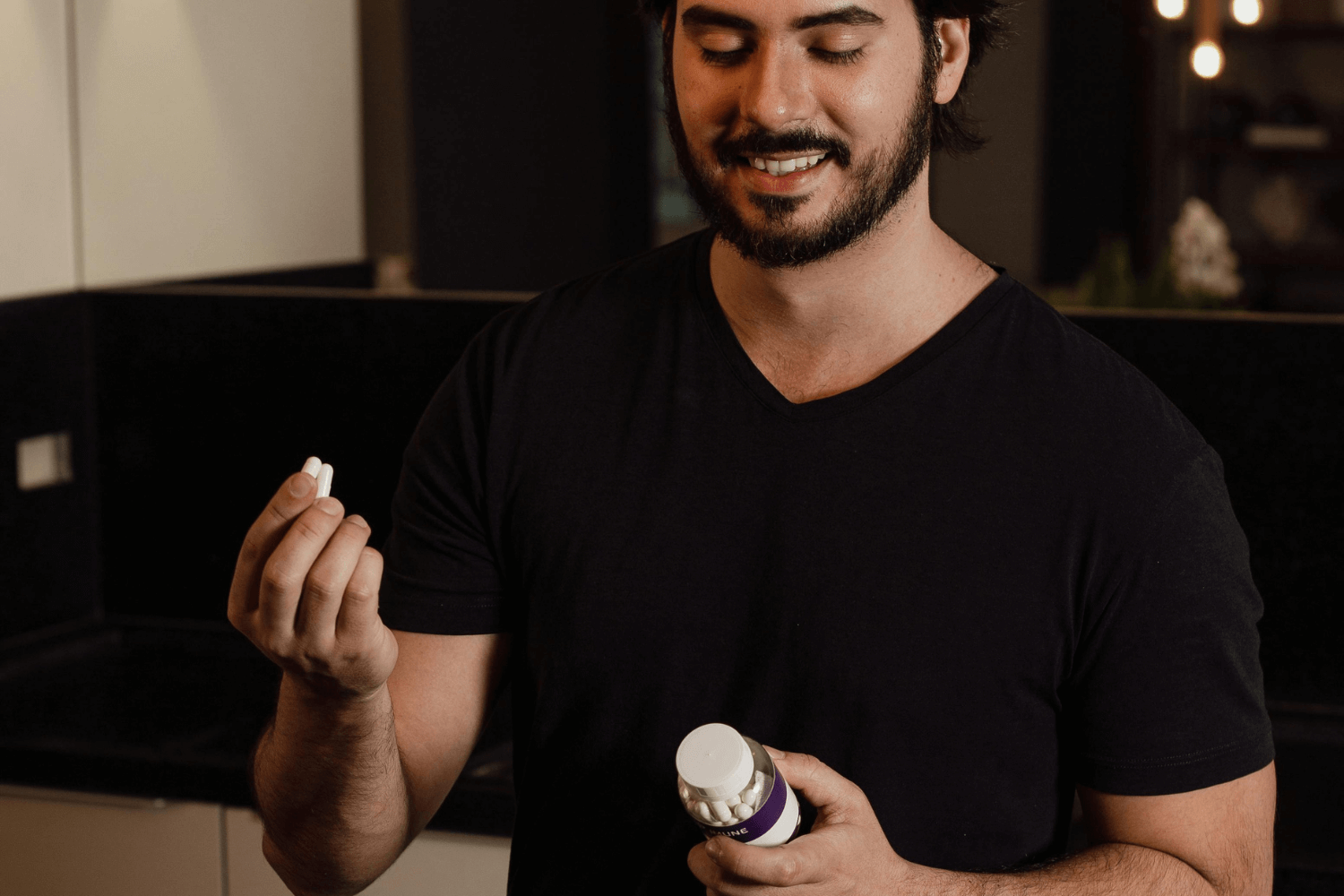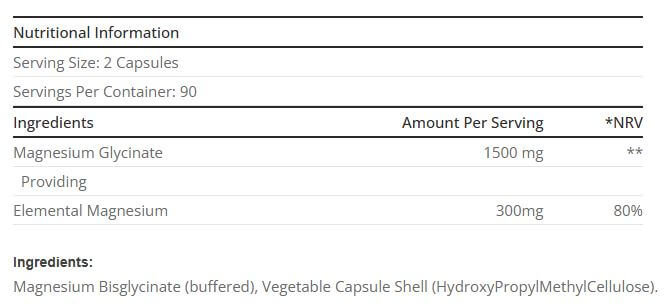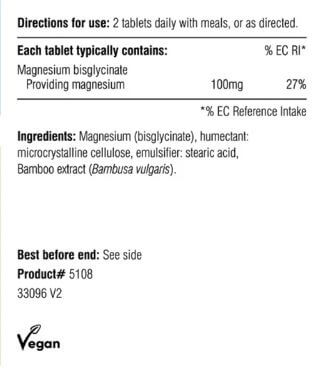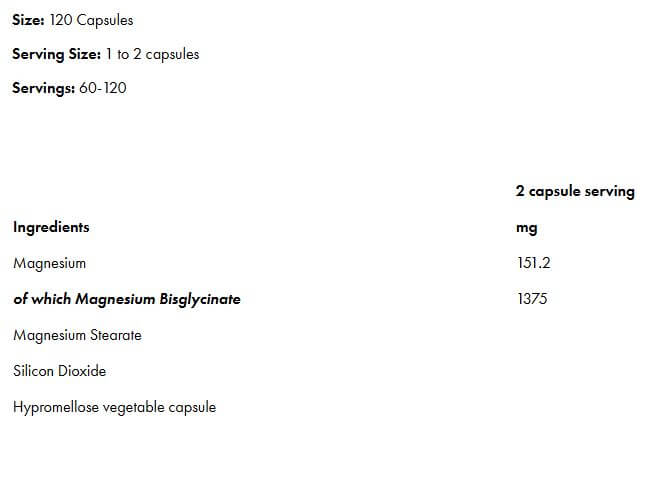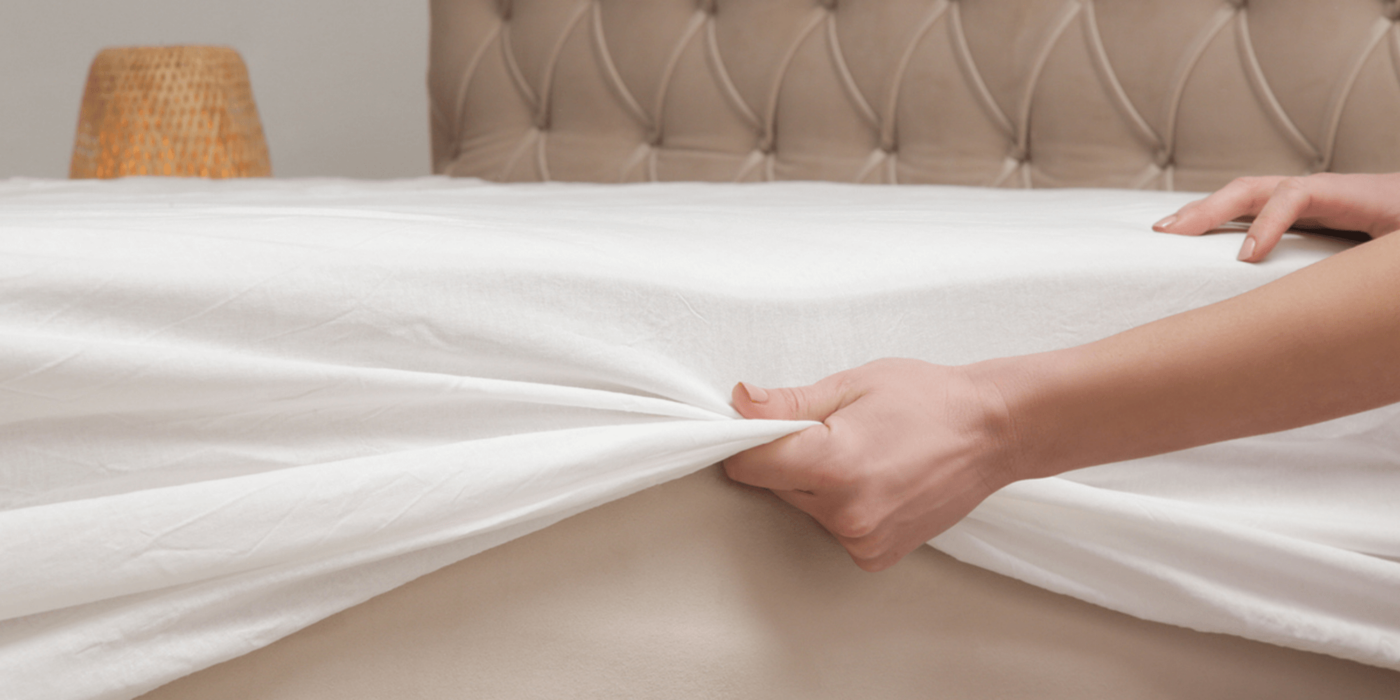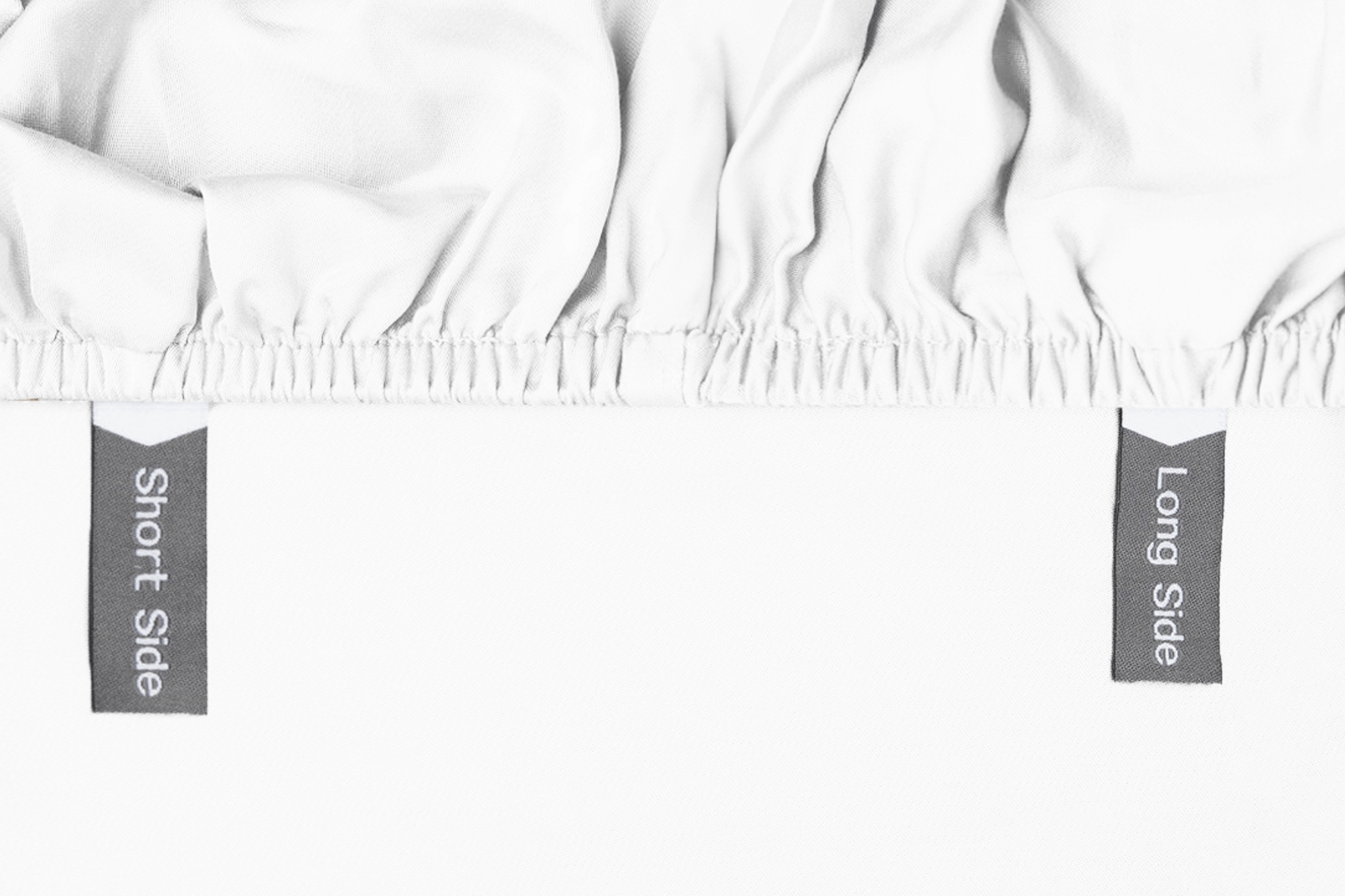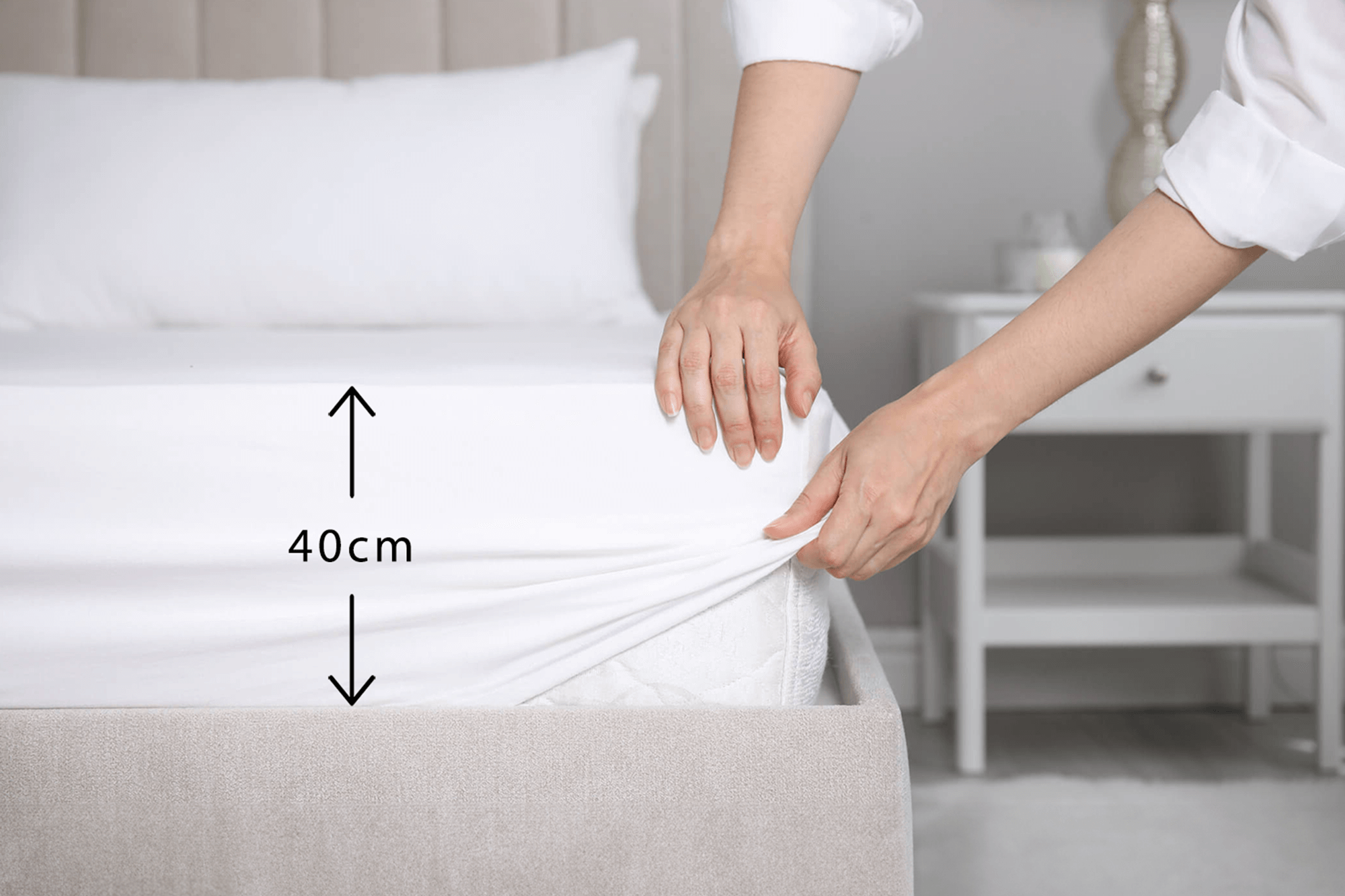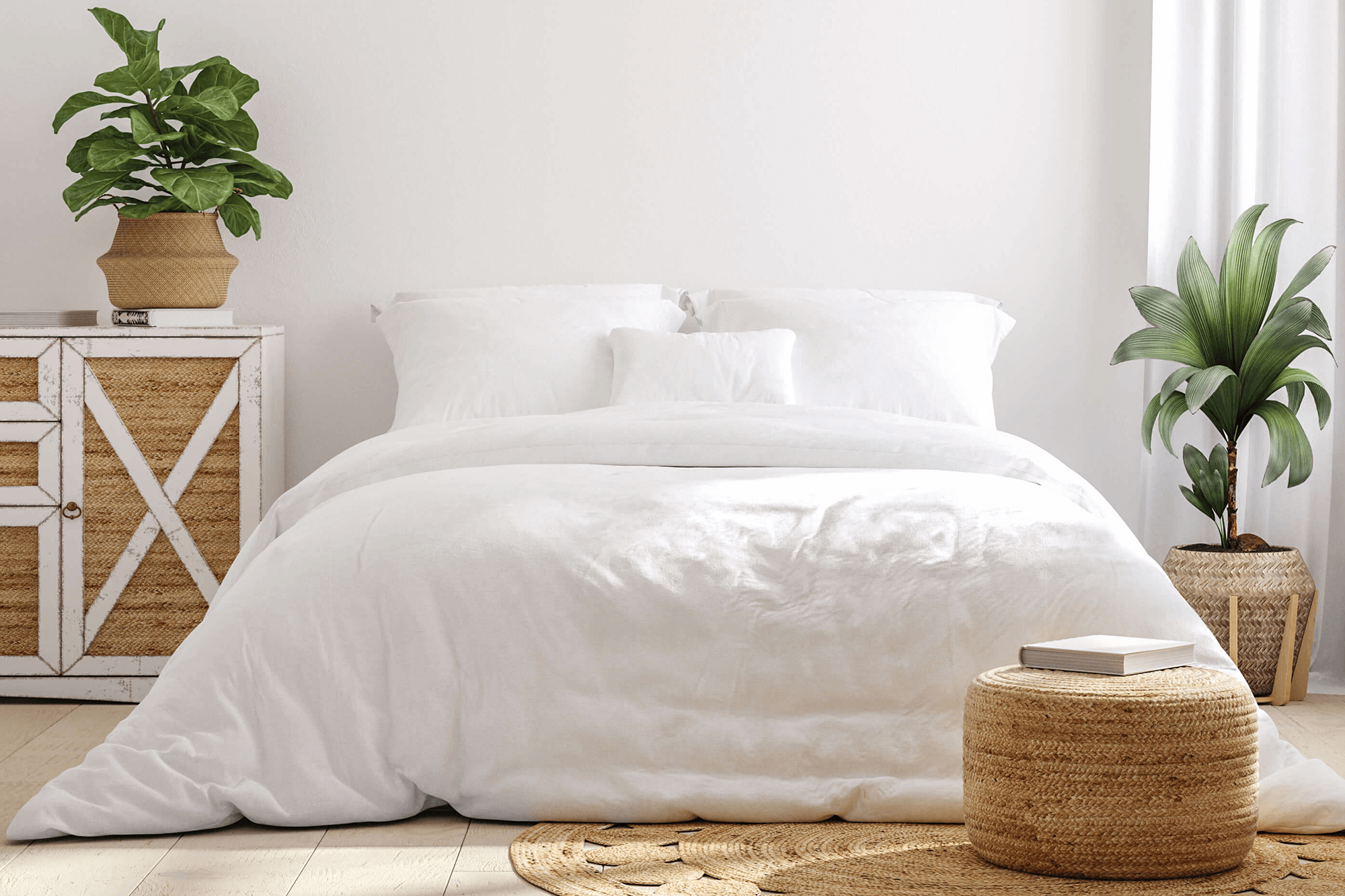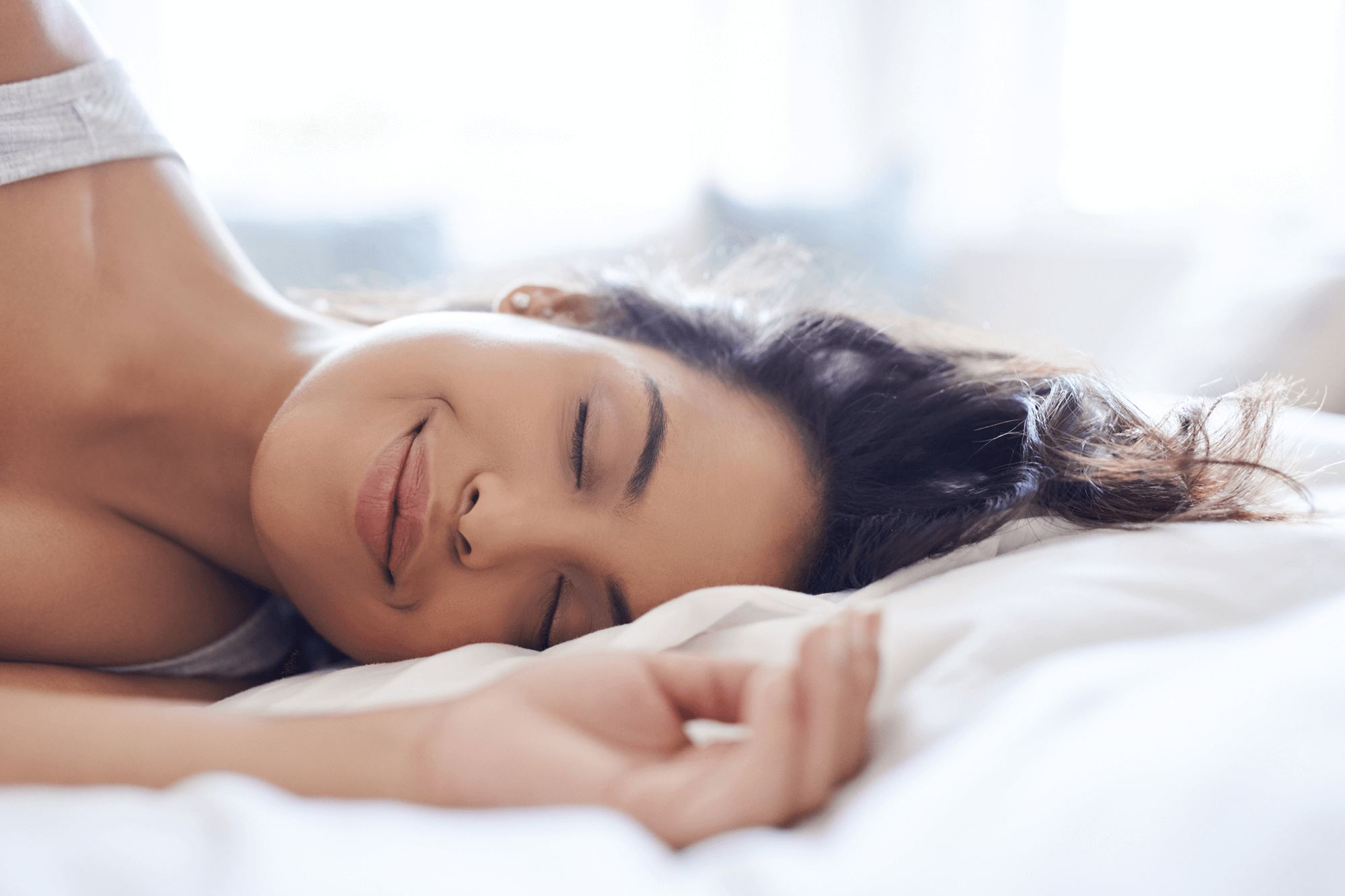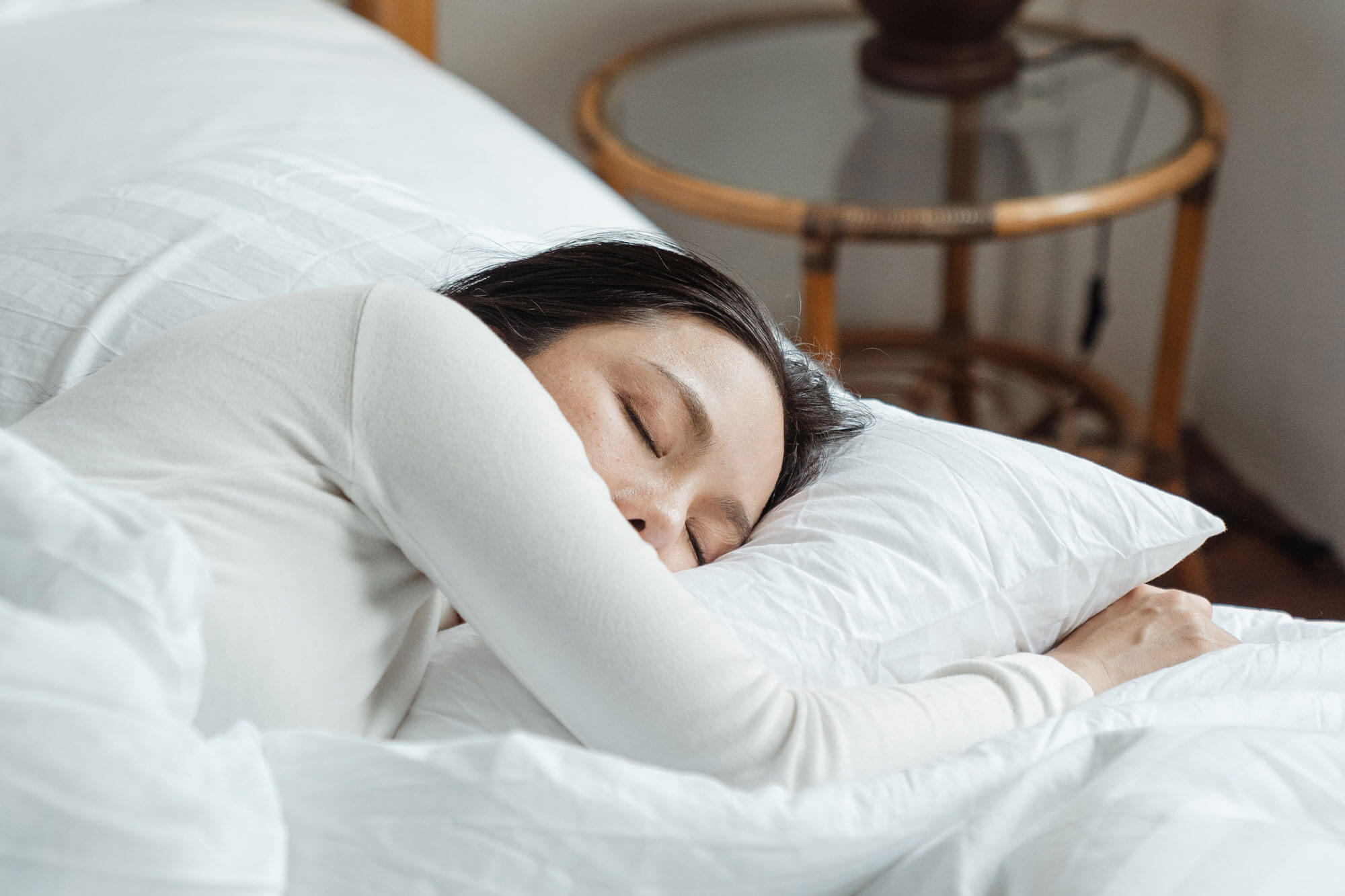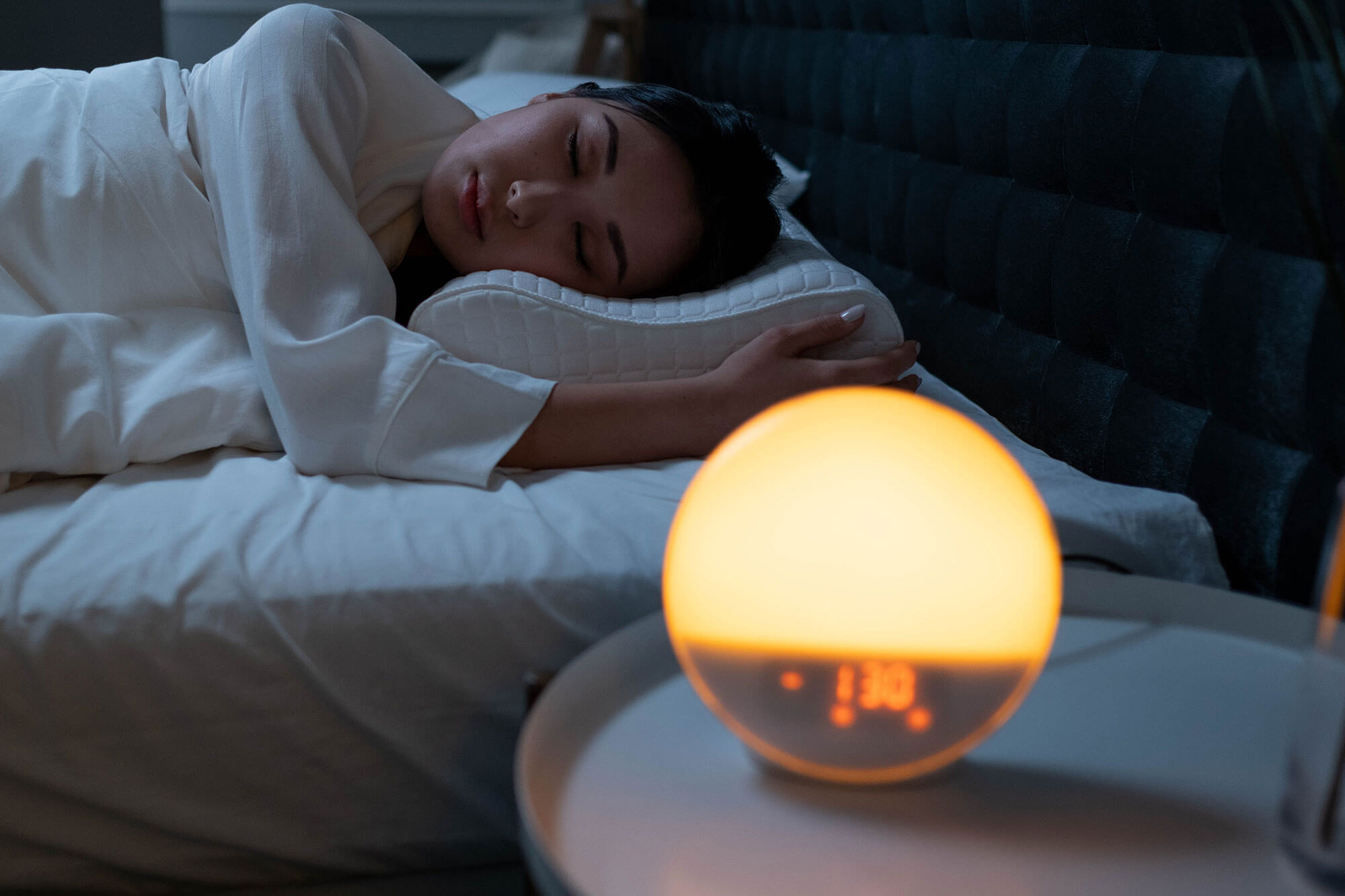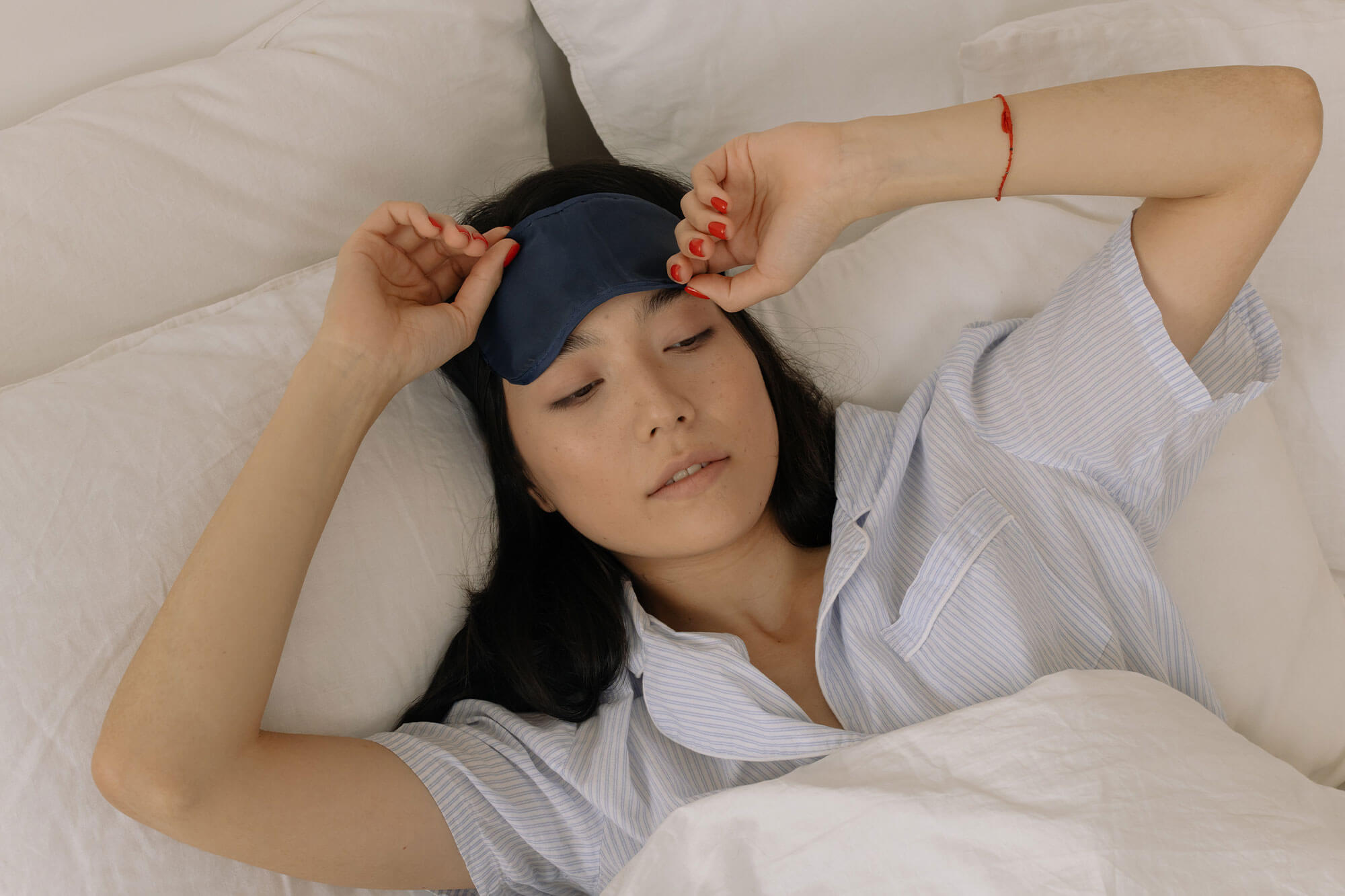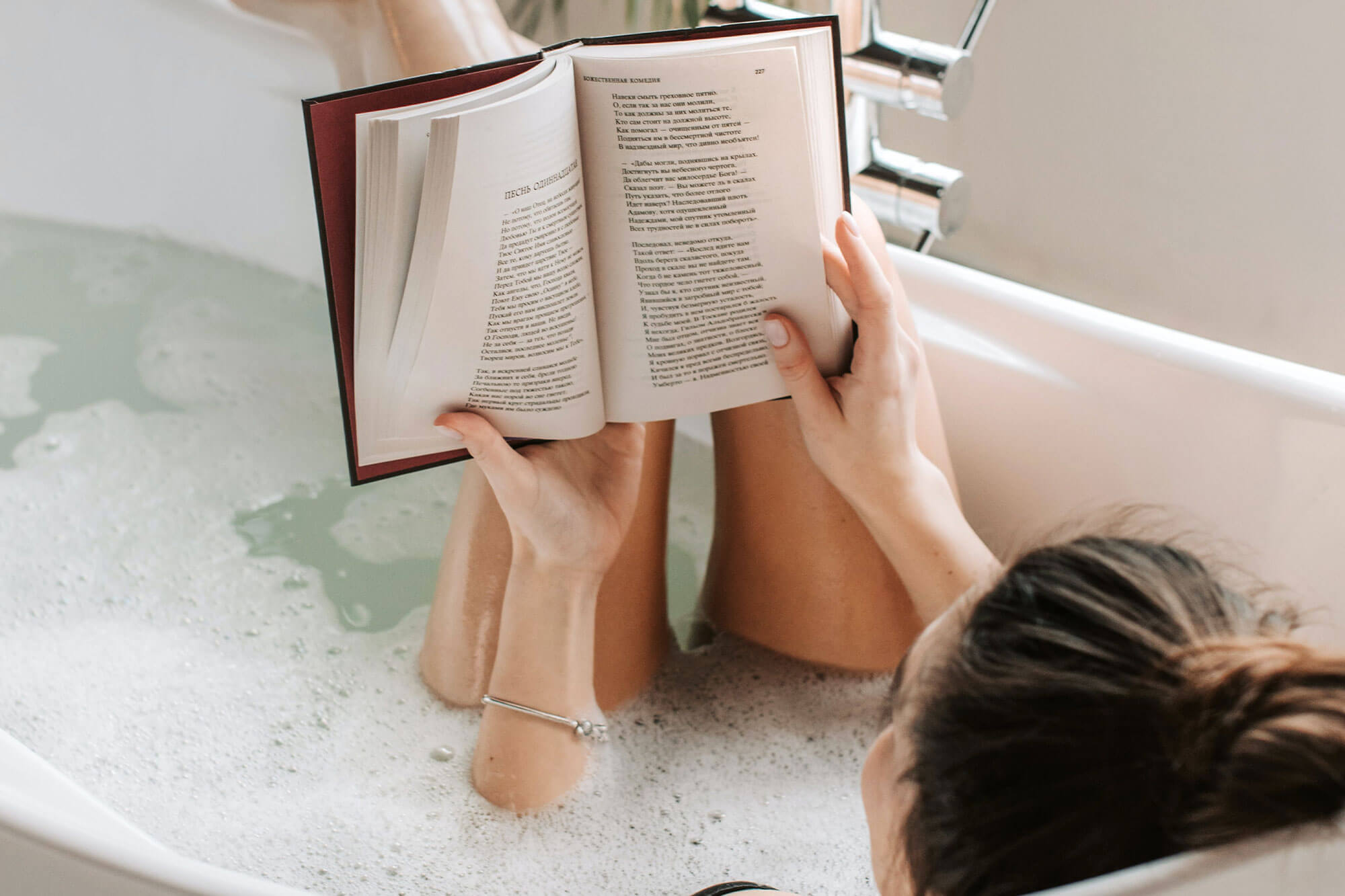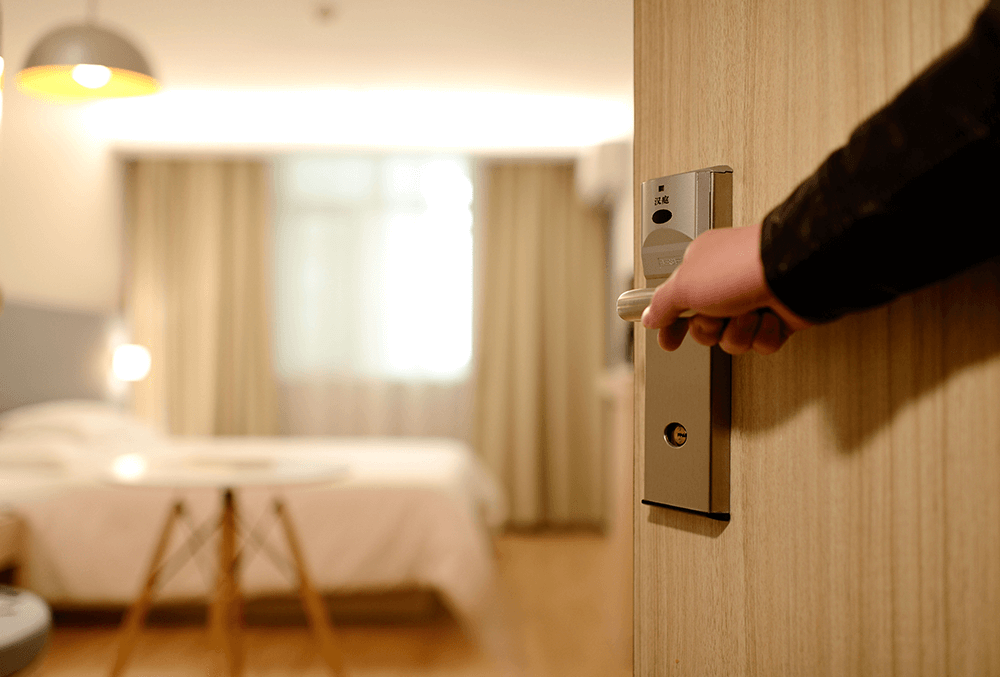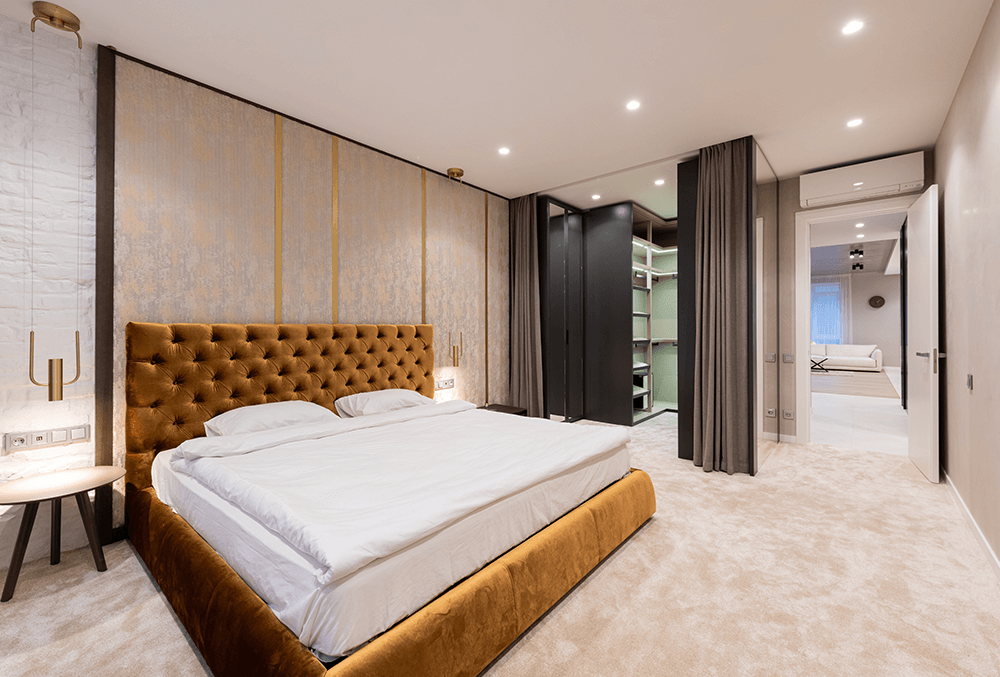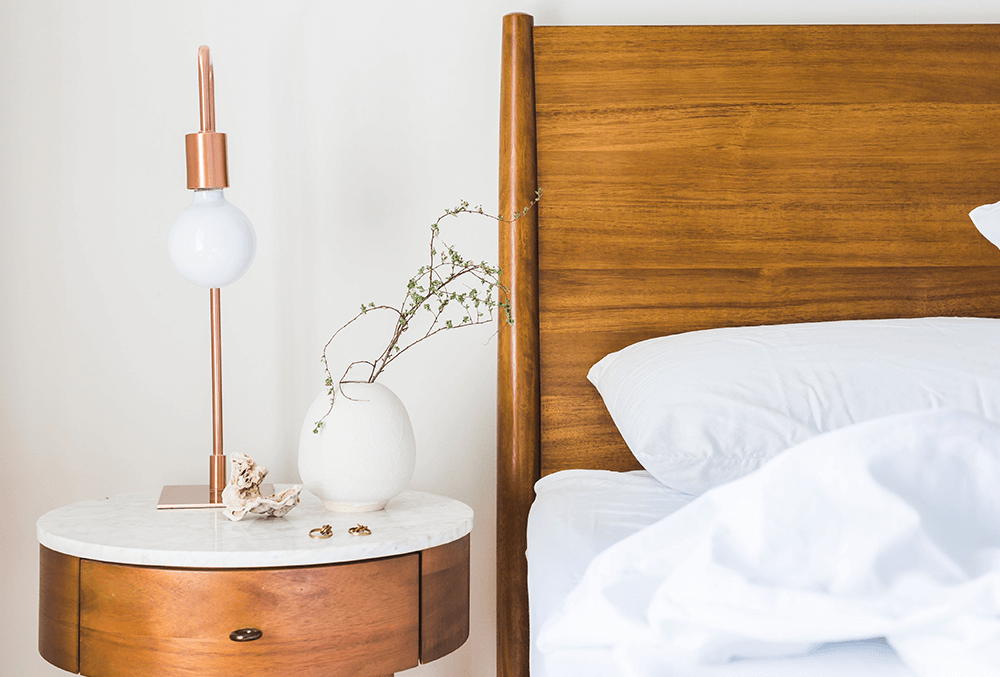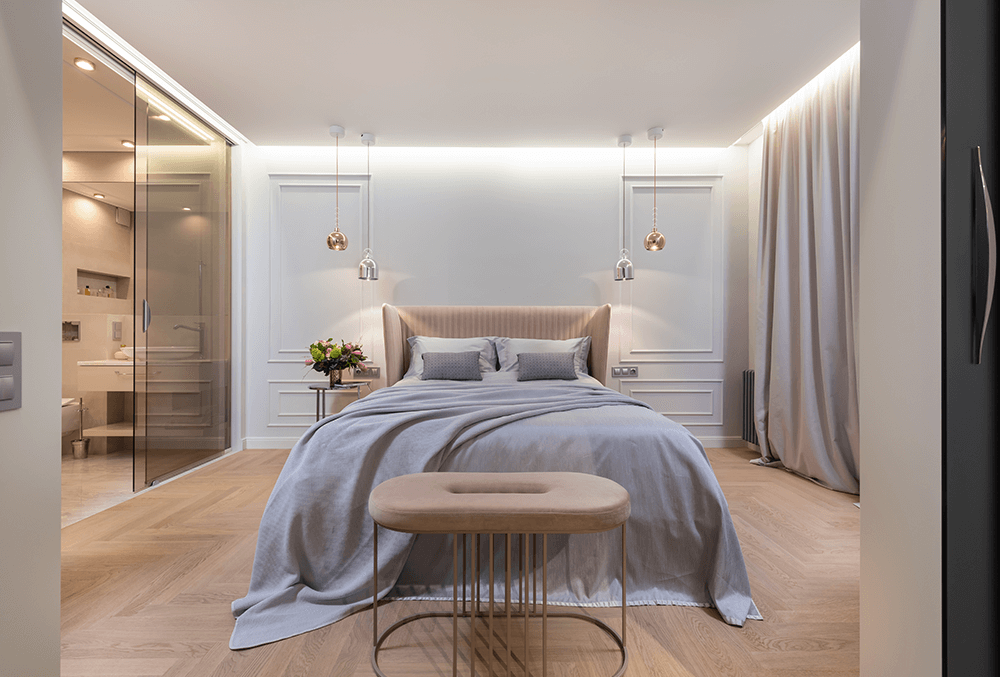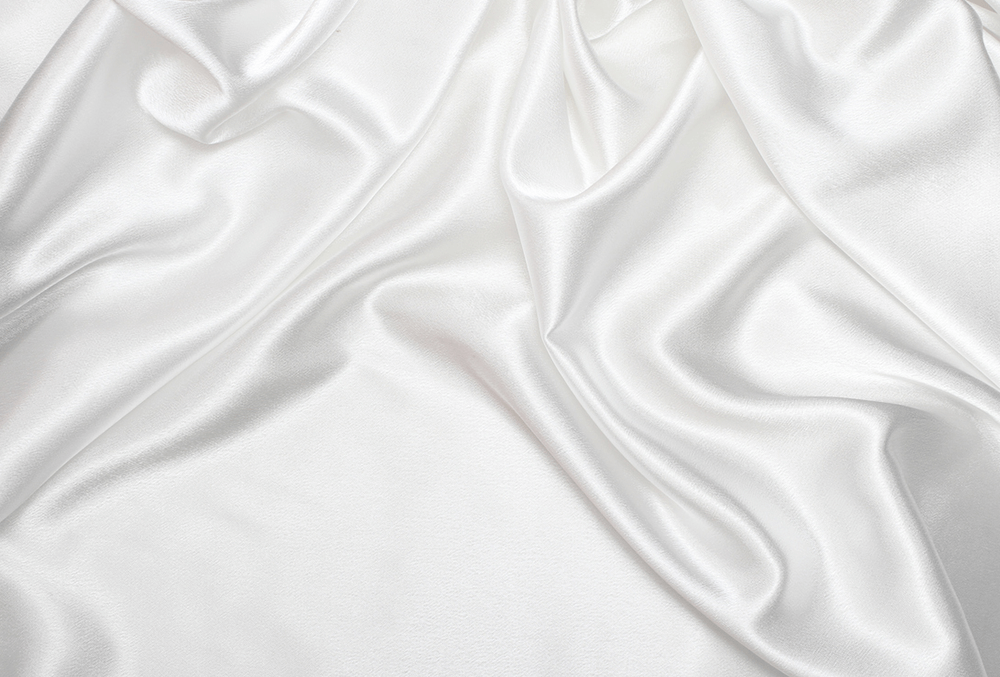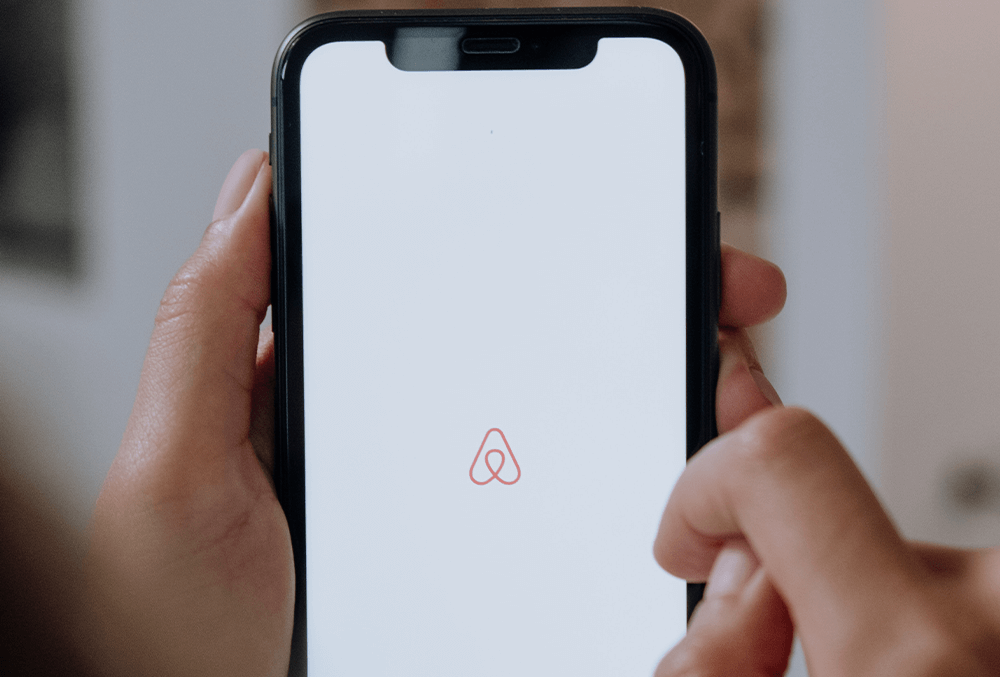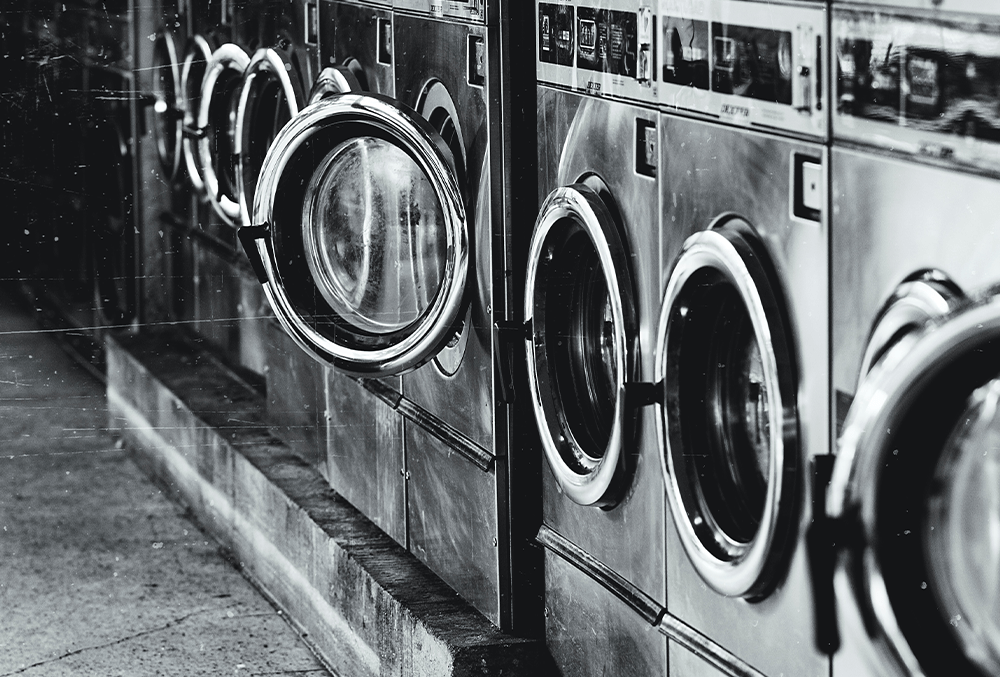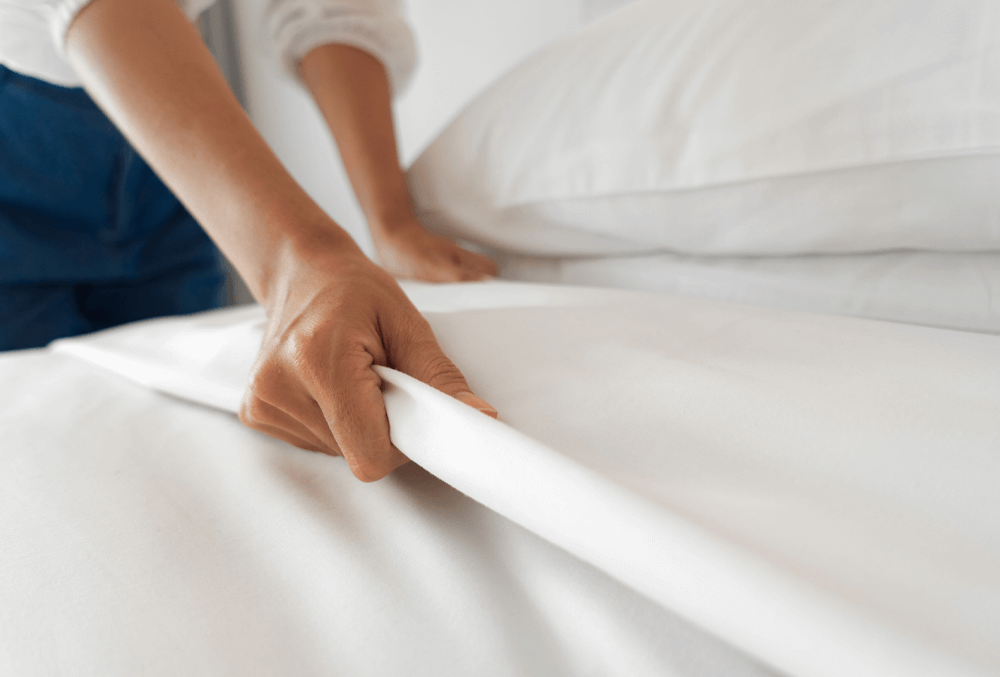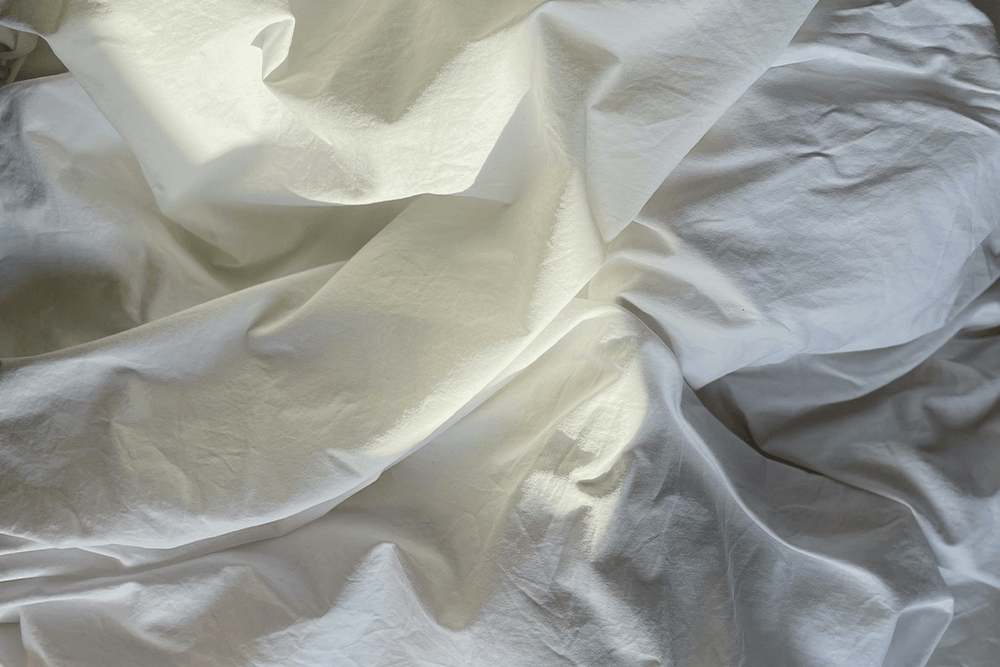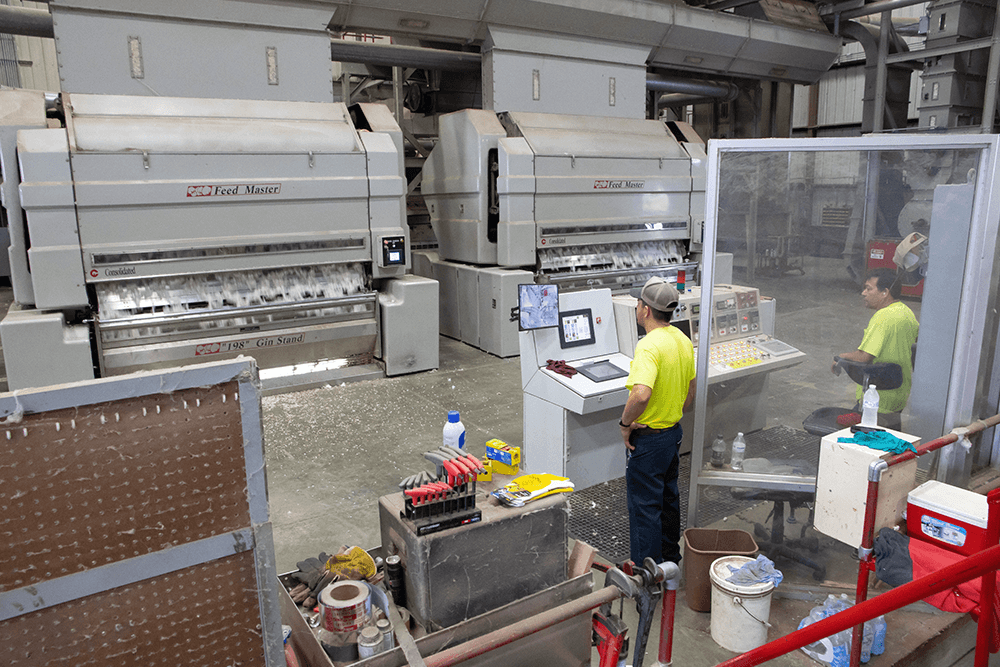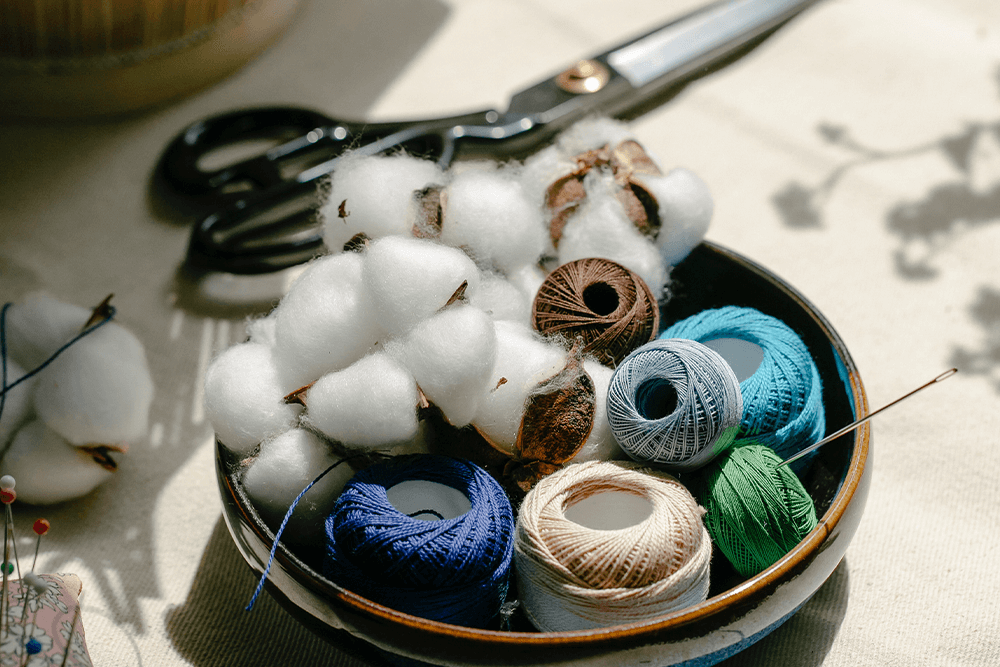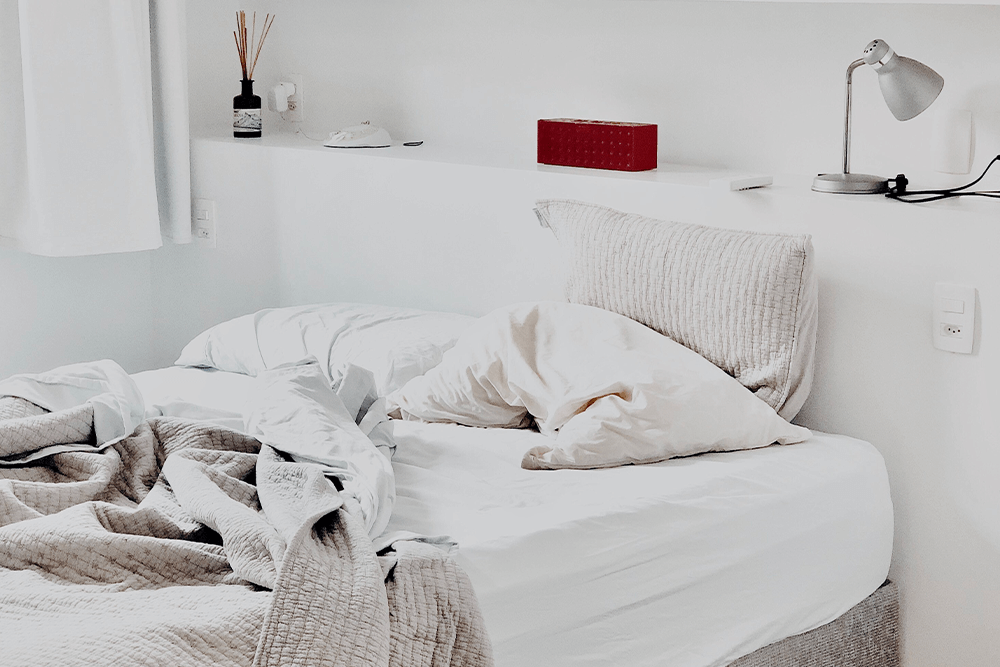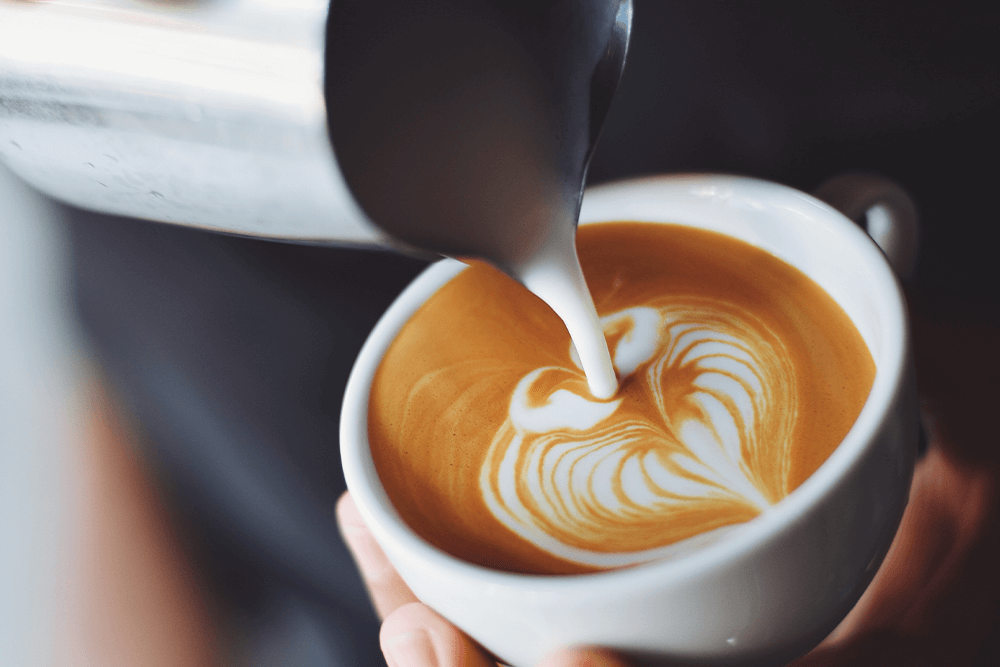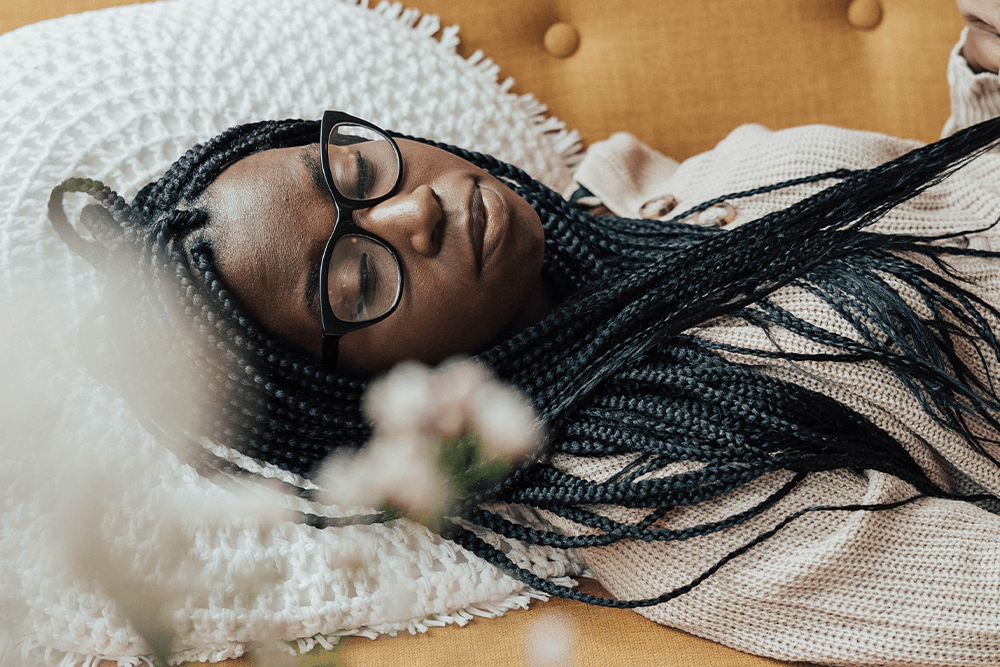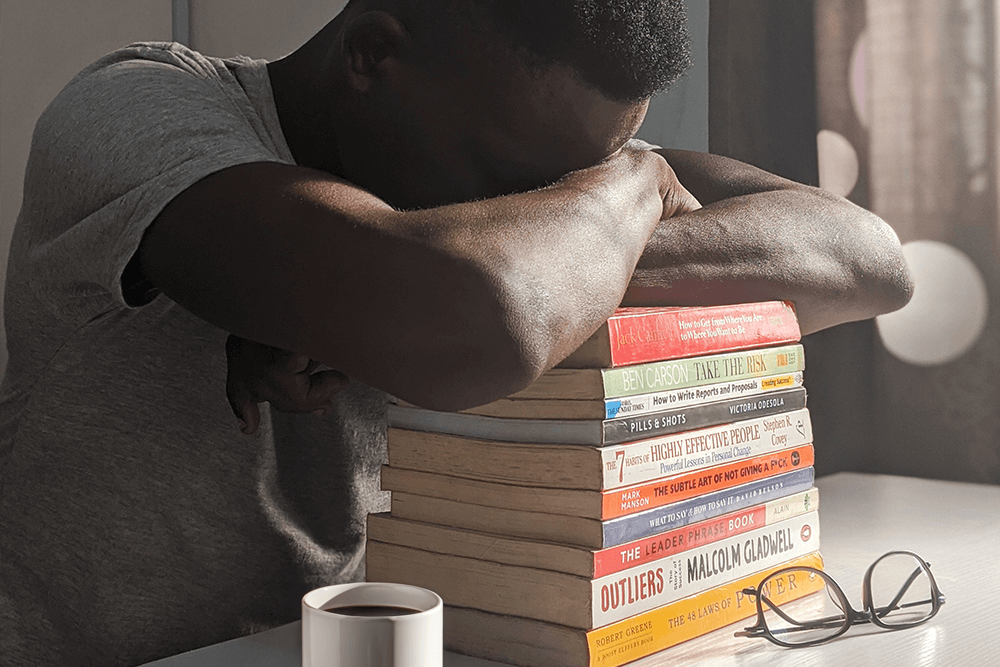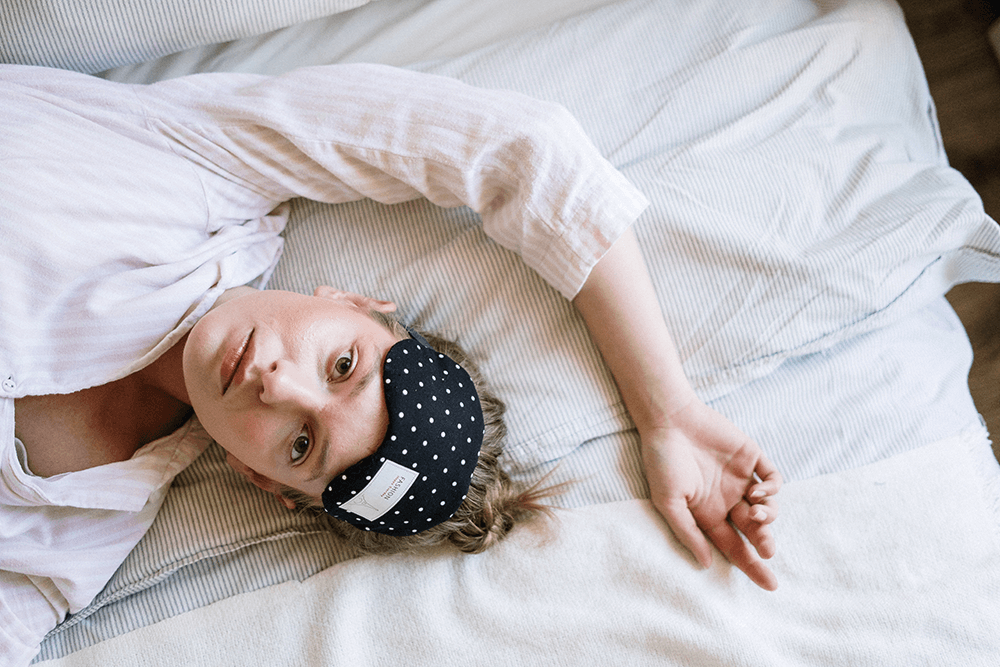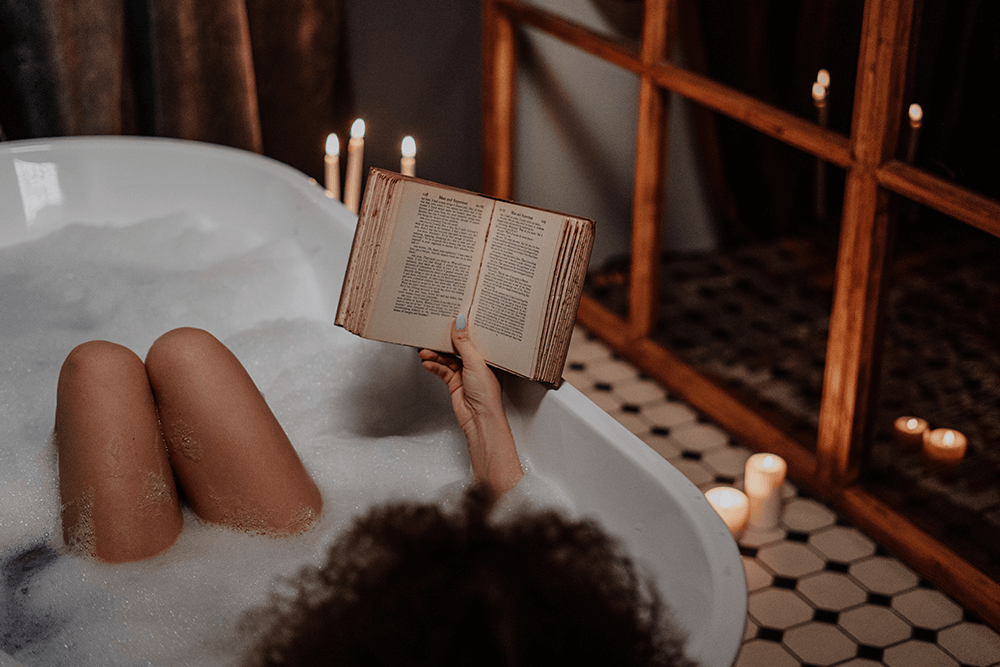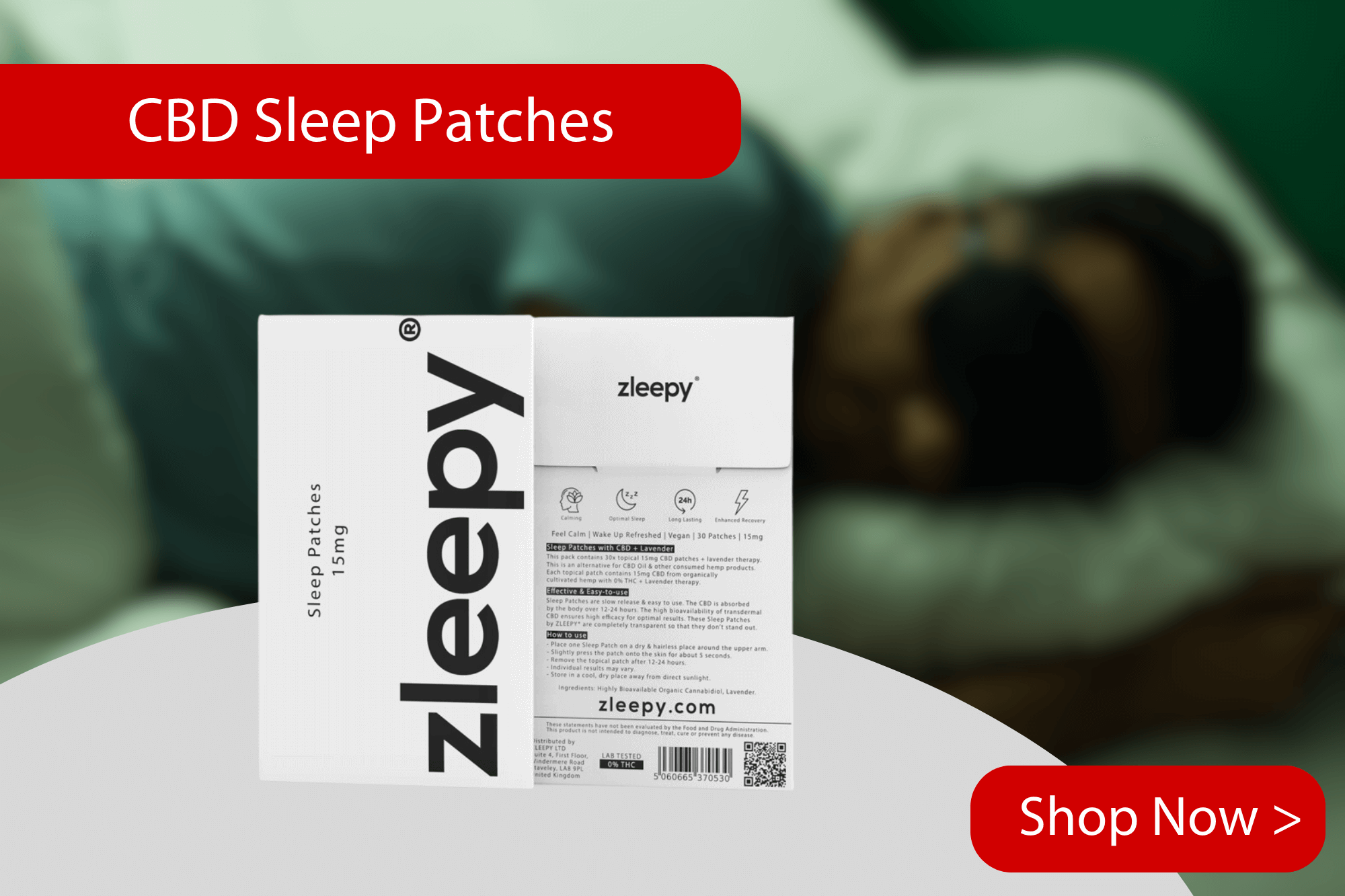How Noise Affects Sleep & The Best Ways to Block It Out
The Link Between Noise and Sleep
The relationship between noise and sleep is a complicated one and despite the fact that numerous sleep studies have been conducted, the overall impact noise has on sleep is still being investigated.
Some noises such as white noise, can have a positive effect on sleep whilst others, such as environmental noises, have the potential to disrupt sleep.
Just because the scientists can’t agree on the degree of impact noise has on sleep from a research perspective doesn’t mean we can ignore the role noise plays on our ability to get to sleep and stay asleep.
Sound vs. Noise: What’s the Difference?
We probably need to clarify here that the difference between sound and noise is that noise is usually unwelcome, unwanted, annoying or loud.
Whilst sounds can have an impact on our sleep, we’re looking particularly at the relationship between noise and sleep.
Is Sleeping in Complete Silence Possible?
There is a popular misconception that the ideal noise to fall asleep to is no noise at all, but this is really tricky to do considering the amount of ambient noise there is in the world, both in urban and rural areas.
How Our Ancestors Slept Through Noise
Our early ancestors would have been sleeping in caves, under trees or in makeshift shelters outside. They wouldn’t have been falling asleep in silence.
There would have been the sounds of nocturnal animals, insects and birds as well as the noise caused by rain, wind, flowing water and trees swaying.
Therefore, adapting to how to sleep through noise would have been an innate skill passed down through generations.
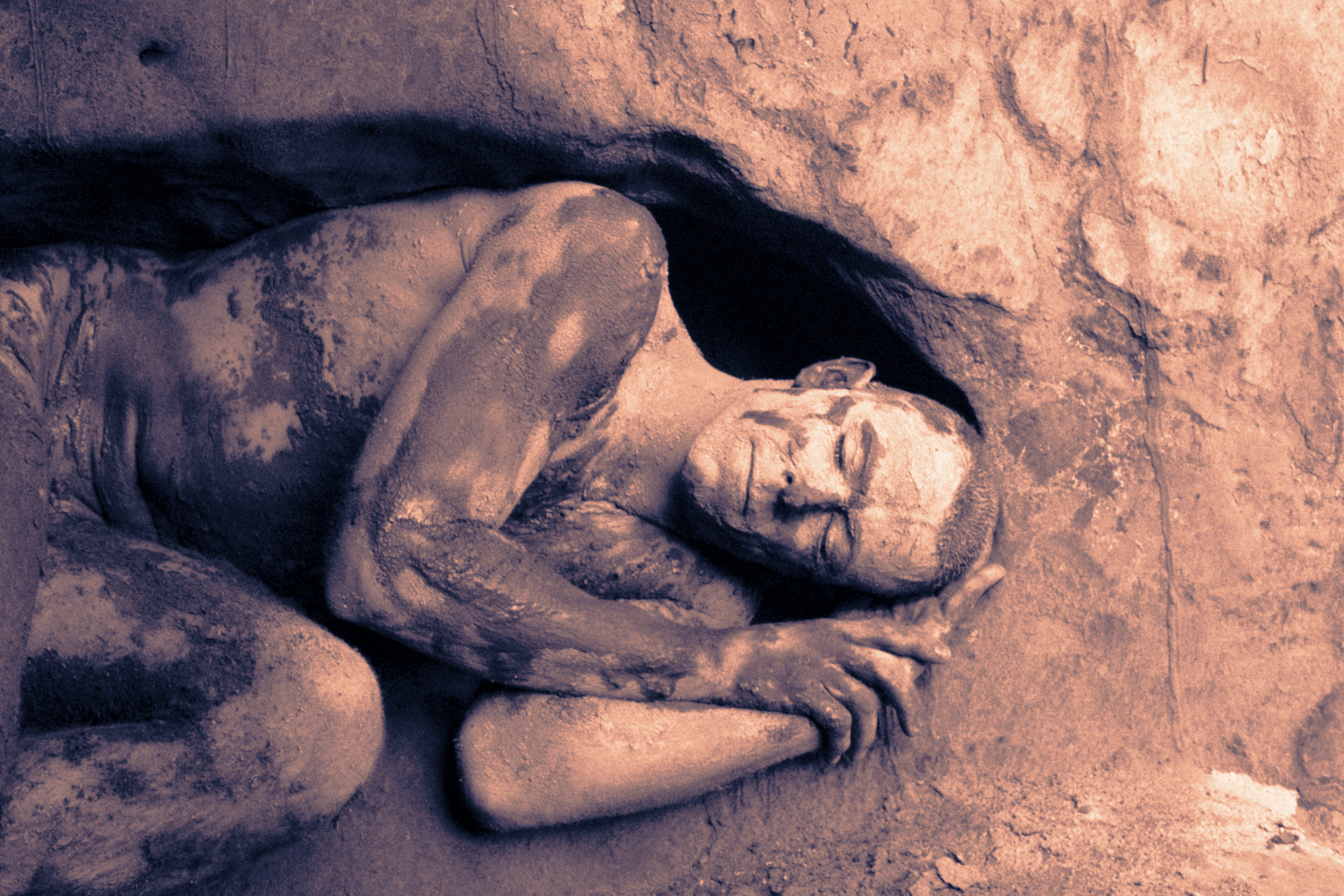
Why Modern Life Makes Sleeping Harder
In our modern world, the kind of noise that disturbs our slumber is more likely to be sirens, phone notifications, traffic, neighbours, music and people, especially in built up areas, than it is to be the soothing sounds of nature.
Struggling to fall asleep is an increasingly common problem and once we are asleep many of us have difficulty staying asleep amidst the myriad of interruptions and noise pollution.
It’s no wonder that the noise around us is impacting our sleep, from external noises to internal ones such as pets, snoring and appliances, for many of us there is simply just too much noise to sleep.
The Science of Noise and Sleep
The Health Effects of Sleep Deprivation
The effects of sleep deprivation are well known and include hypertension, stress, anxiety, impaired cognitive function, lowered immune system, behavioural issues and increased risk of chronic health problems.
The impact noise has on sleep is that it can prevent you from falling asleep and once you do fall asleep, reduce the amount of helpful REM and deep sleep you can achieve, which is vital for repairing your brain and body.
Disturbed sleep from exposure to noise is more likely to be a long-term issue, especially when you’re subjected to consistent levels of noise over prolonged periods.
How the Brain Responds to Noise During Sleep
The definition of sleep is that we enter a reversible, homeostatically regulated state where we have reduced behavioural responses to external stimuli.
Recent studies have shown that even when we are unconscious our brains are still responding to noise around us, albeit at a much reduced level than when we are consciously perceptive.
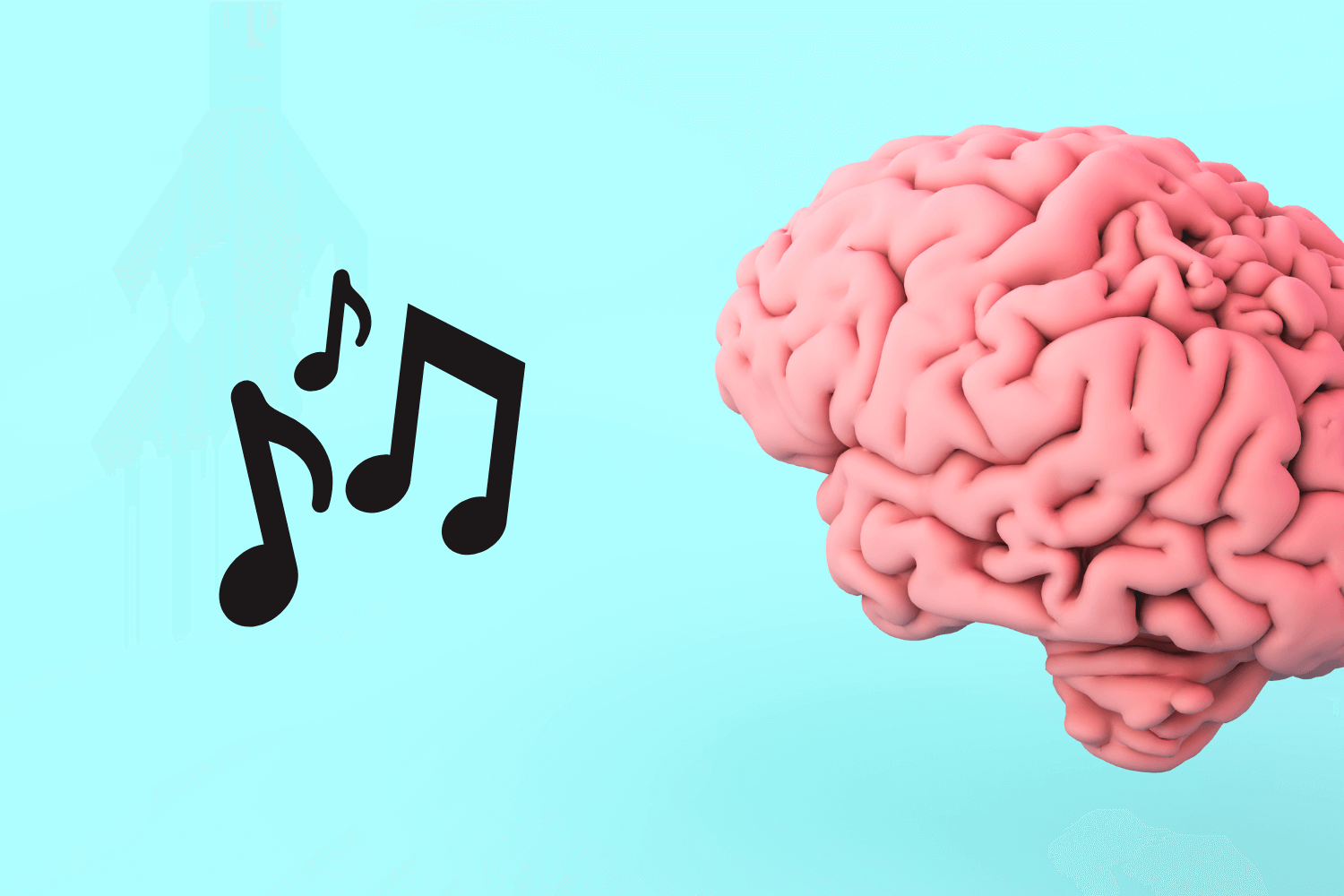
Noise Pollution and Sleep Disruptions
The effects of noise pollution such as traffic noises, or noise from within the home such as music, pets and snoring, whilst we are sleeping means we are continually entering a state of sensory arousal, whether we fully wake or not.
This stimulation has been linked to many of the same diseases caused by sleep deprivation.
What the WHO Says About Noise and Sleep
The World Health Organization (WHO) published guidelines in 2015 and updated them in 2021 for the regulation of environmental noise in particular after research found that studies from both Europe and the US confirmed that those exposed to nighttime environmental noise were experiencing around or above a level of noise associated with adverse effects on sleep.
White, Pink & Brown Noise: Which Helps Sleep the Most?
What Is White Noise?
White noise is probably the one you’ve heard of. White noise is a sound that usually contains all audible frequencies at equal levels.
This constant type of noise is known as continuous noise and can be described as staticky. White noise for sleep is a popular tool for helping those who struggle to fall asleep.
The continual sound this noise makes helps to eliminate other sounds lulling you into a relaxed state that can help you get to sleep.
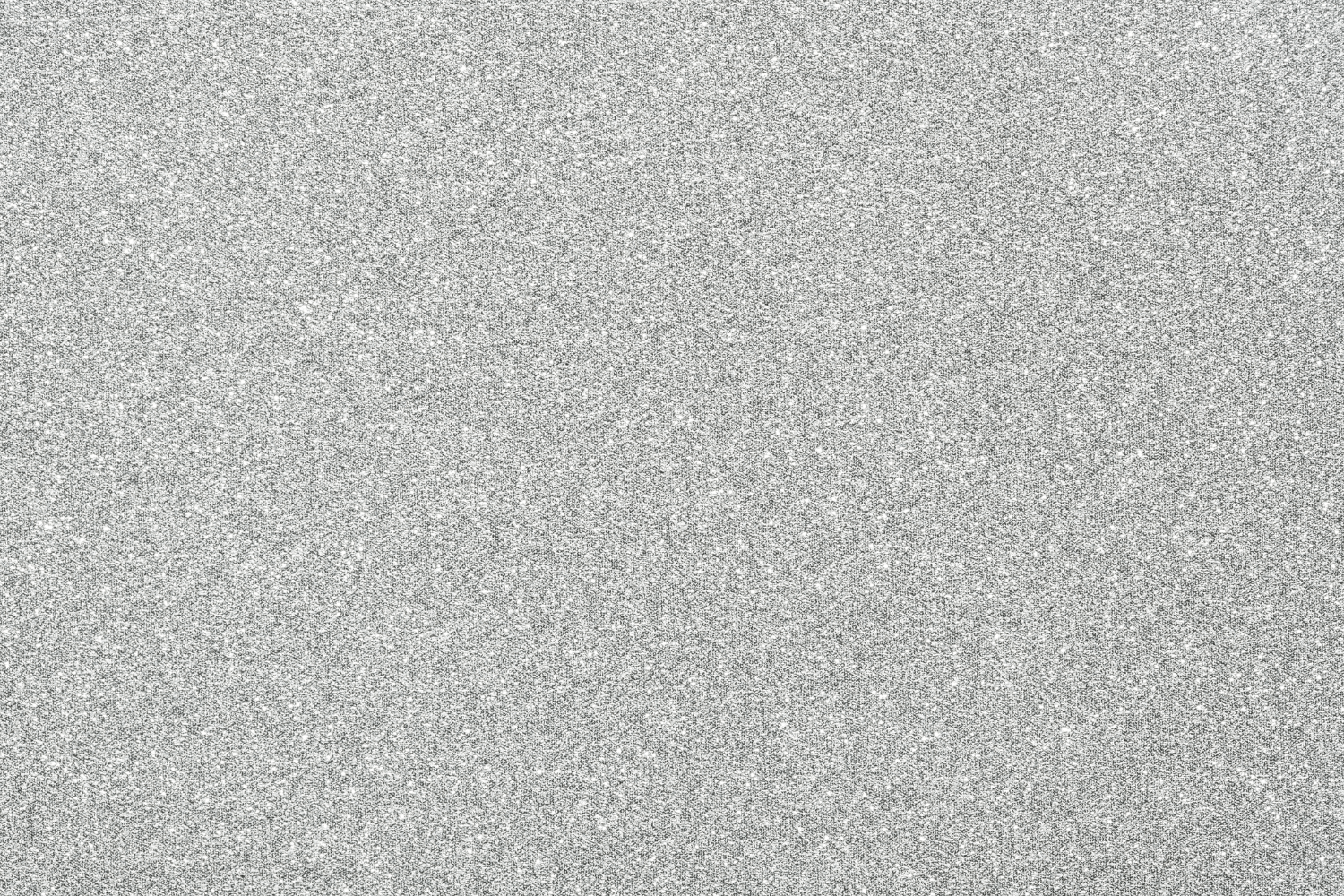
What Is Pink Noise?
Pink noise has a lower pitch than white noise but is essentially also a continuous noise, one that can sit at the back of our perception. Both pink and white noise can filter out sounds around you, providing ambient noise that aids relaxation.
Pink noise examples include steady rain falling, waves on a beach or wind through trees. These lower frequency sounds are more relaxing and can promote those helpful sleepy hormones.
What Is Brown Noise?
Brown noise is a much deeper noise than pink or white noise but is another form of continuous noise. Likened to heavy rainfall or a power shower type sound, some studies have found that brown noise might improve your ability to concentrate.
Are There Other Types of Noise?
Yes! In addition to white, pink, and brown noise, there are also blue, violet, and grey noises. These are not typically used for sleep but they do have their own helpful functions.
Best Ways to Block Out Noise While Sleeping
Earplugs for Sleeping
The best earplugs for sleeping with background noise are ones that are comfortable to wear, easy to fit and expand to reduce noise pollution.
Reducing the amount of sound your ears perceive whilst asleep will prevent your brain from becoming overstimulated which can cause you to wake or become unsettled.
Does White Noise Help You Sleep?
Another strategy you can try is listening to white noise. Some new mothers swear by this to help their newborns to sleep, as it mimics the internal sounds of the womb where noise is muffled and continuous.
White noise for sleep is a useful strategy for some and can be played from a phone, smart speaker or you can get children’s toys that play white noise.
Soundproofing
This might sound obvious, but when you’re foggy from lack of sleep it can be easy to miss. Soundproofing your bedroom or the room you sleep in will help block out noise from outside of the room.
You can add foam cladding to your walls, use noise-reducing curtains, add rugs or put down carpet, all of which will help with blocking noise while sleeping.
Nature Sounds
Nature sounds are evocative sounds and can be water flowing, trees swaying, animal song or waves.
Depending on what you are listening to, sounds of nature promotes feelings of relaxation and can help you get to sleep by blocking other noise.
Studies have shown that nature sounds affect a particular part of the brain and have a positive effect on sleep by physically changing our autonomic systems.
Nature sounds can be brown, pink or white noise and can be played via specific apps or playlists on your phone, smart speaker or a dedicated device.
